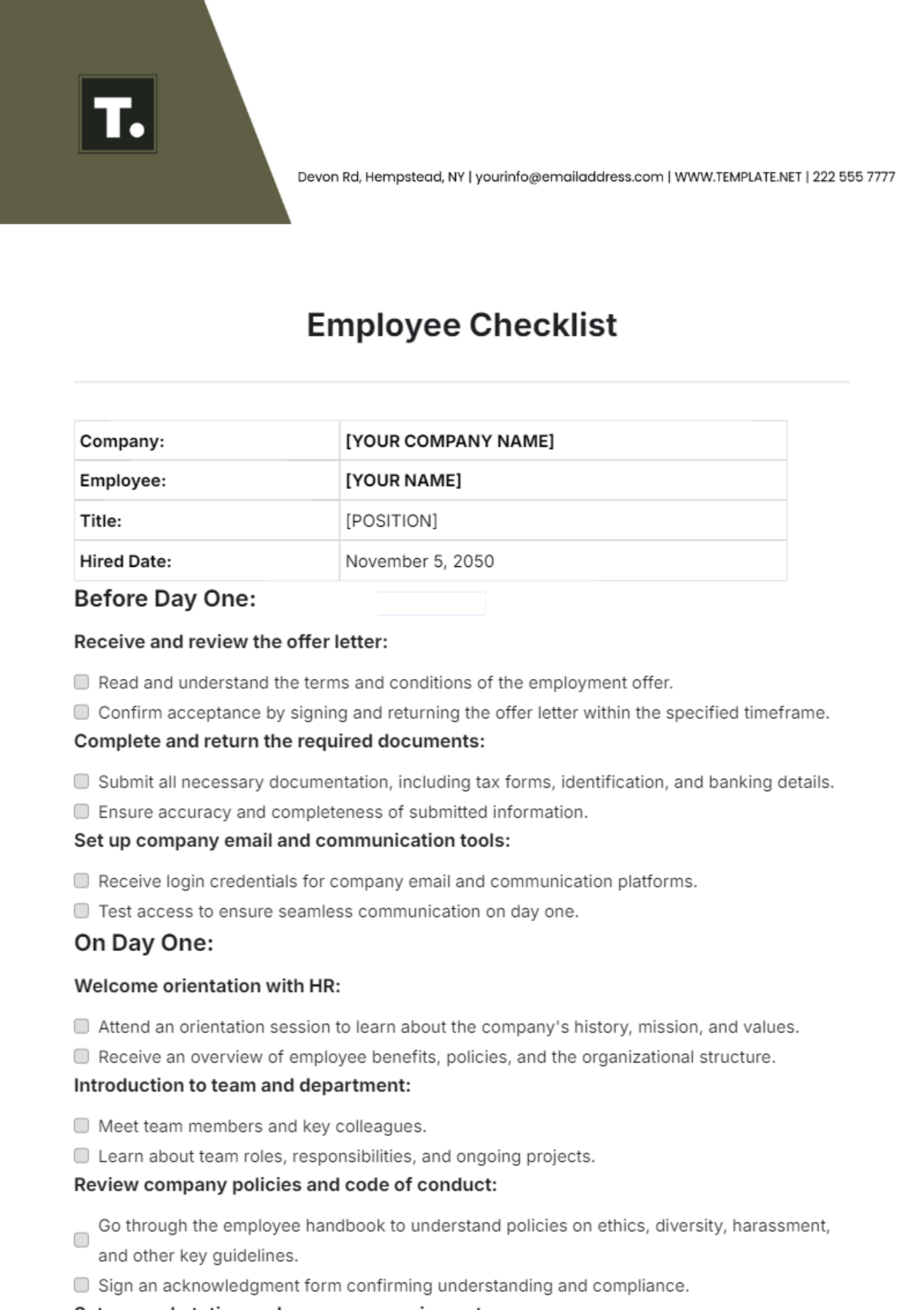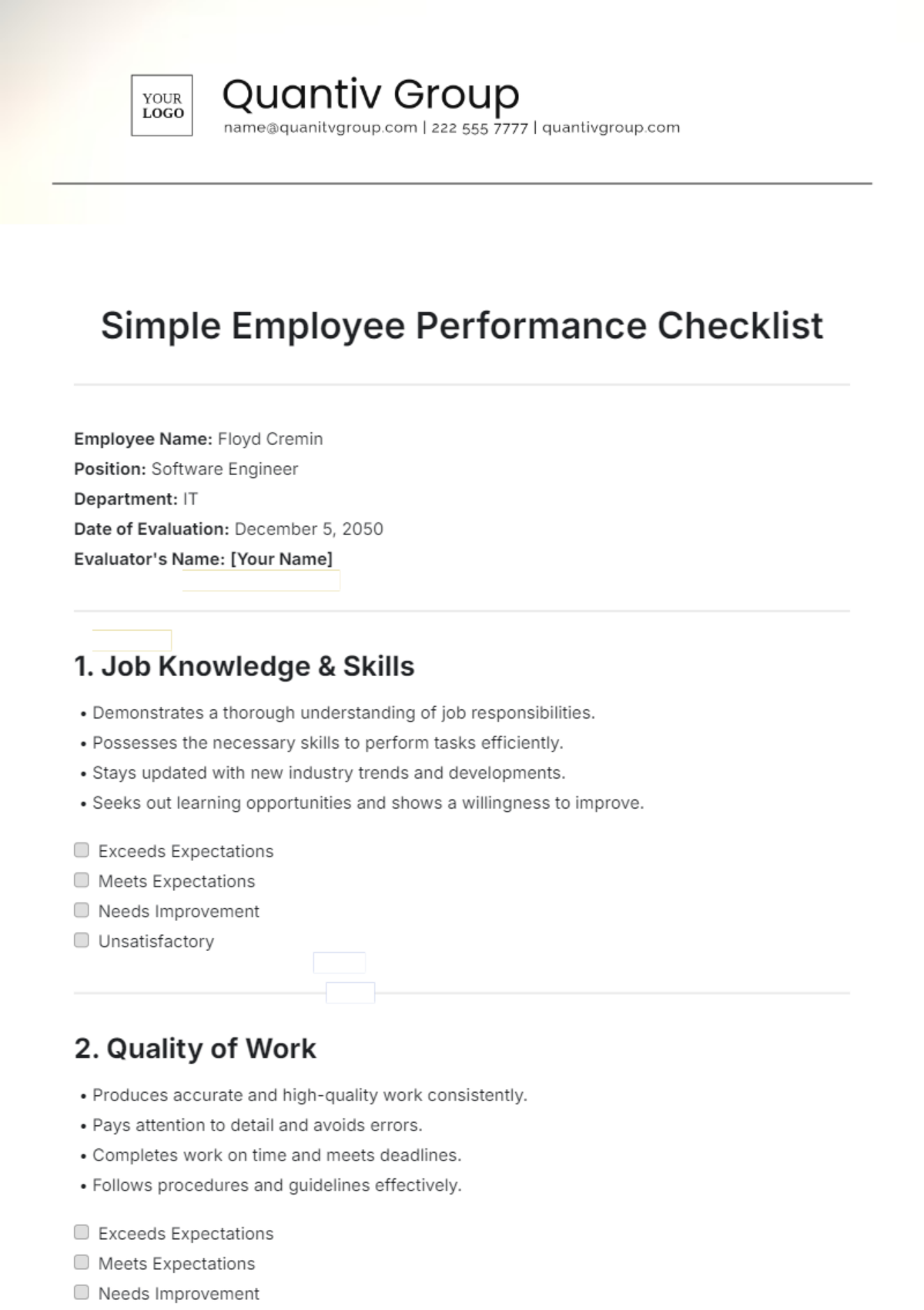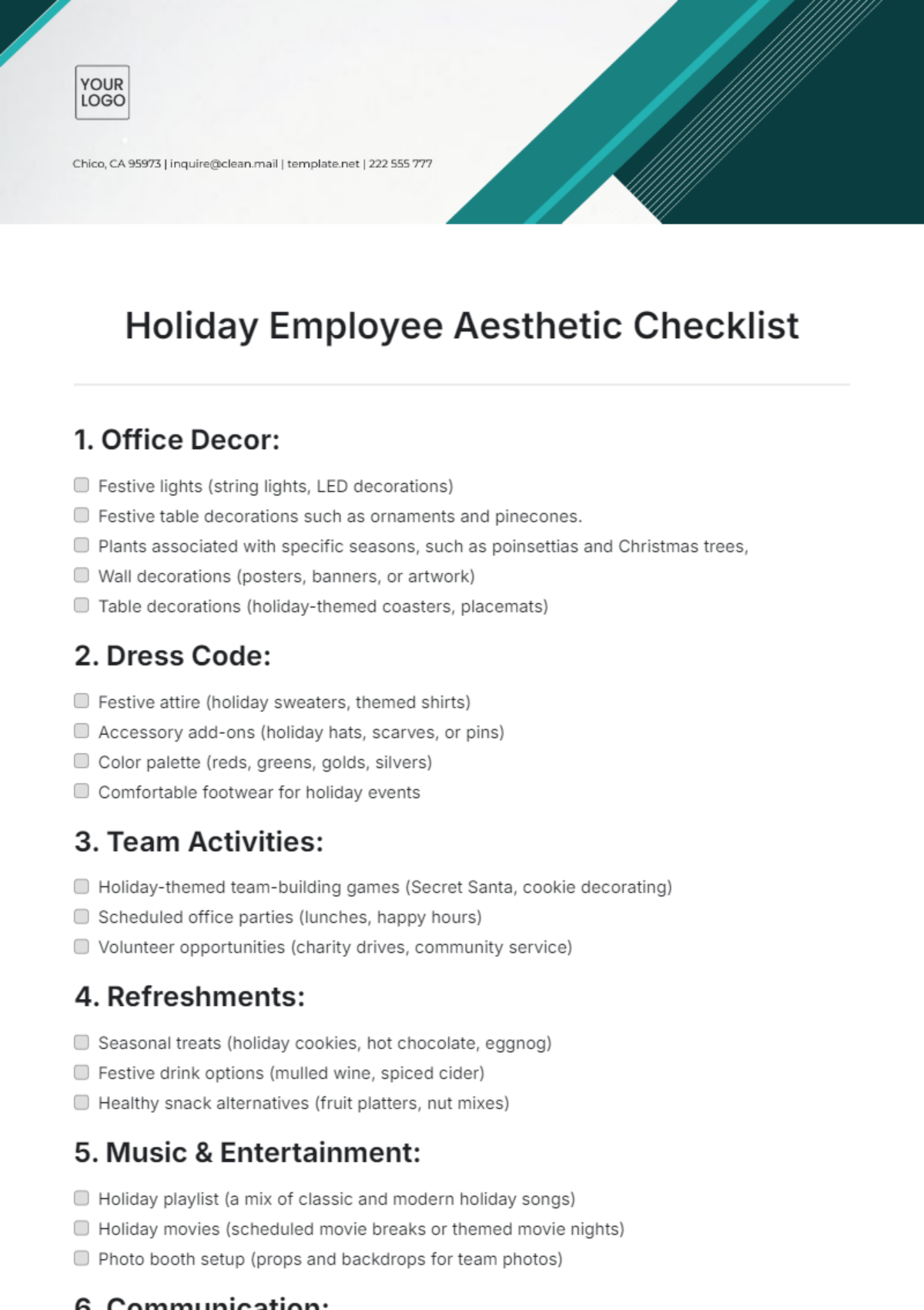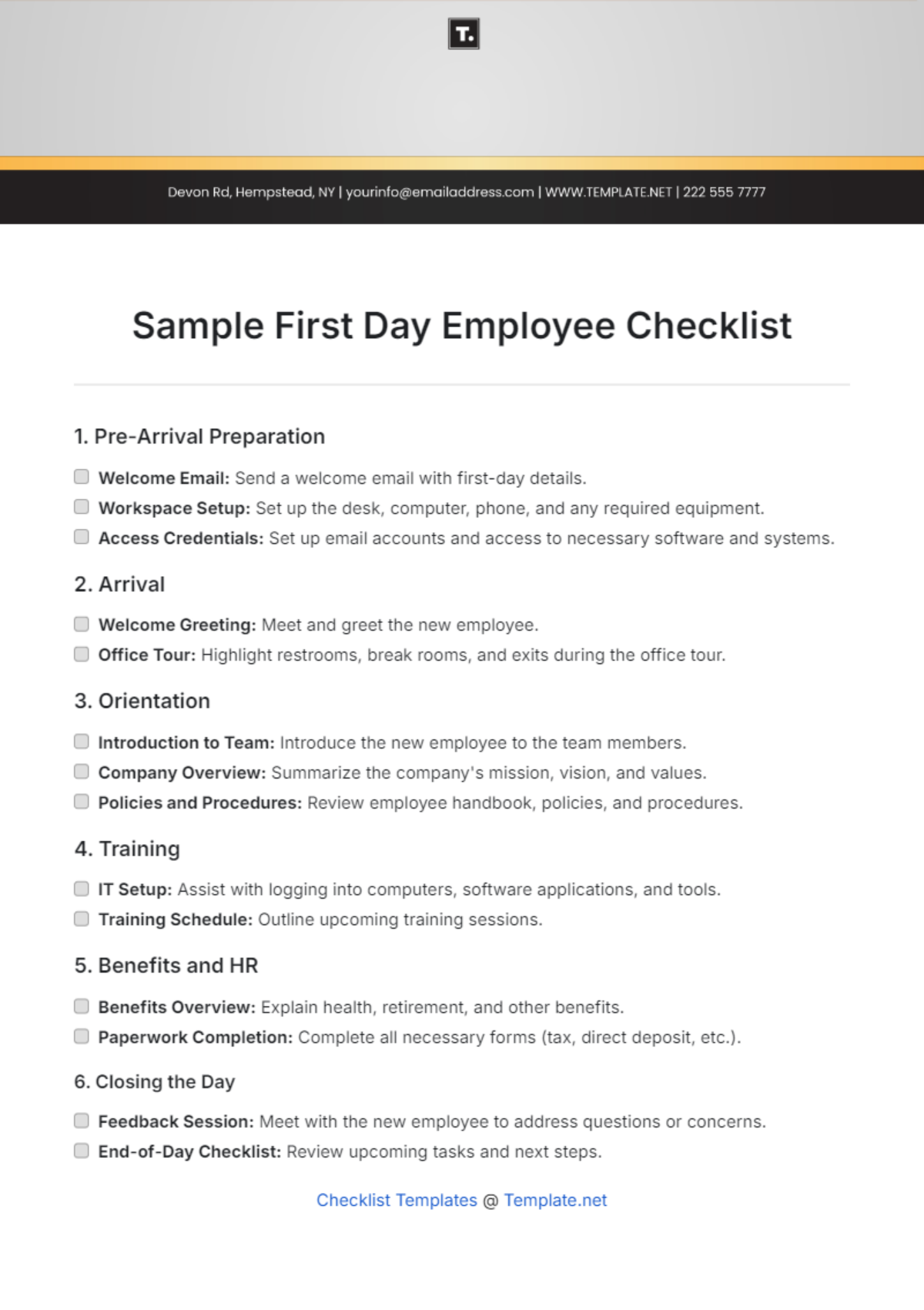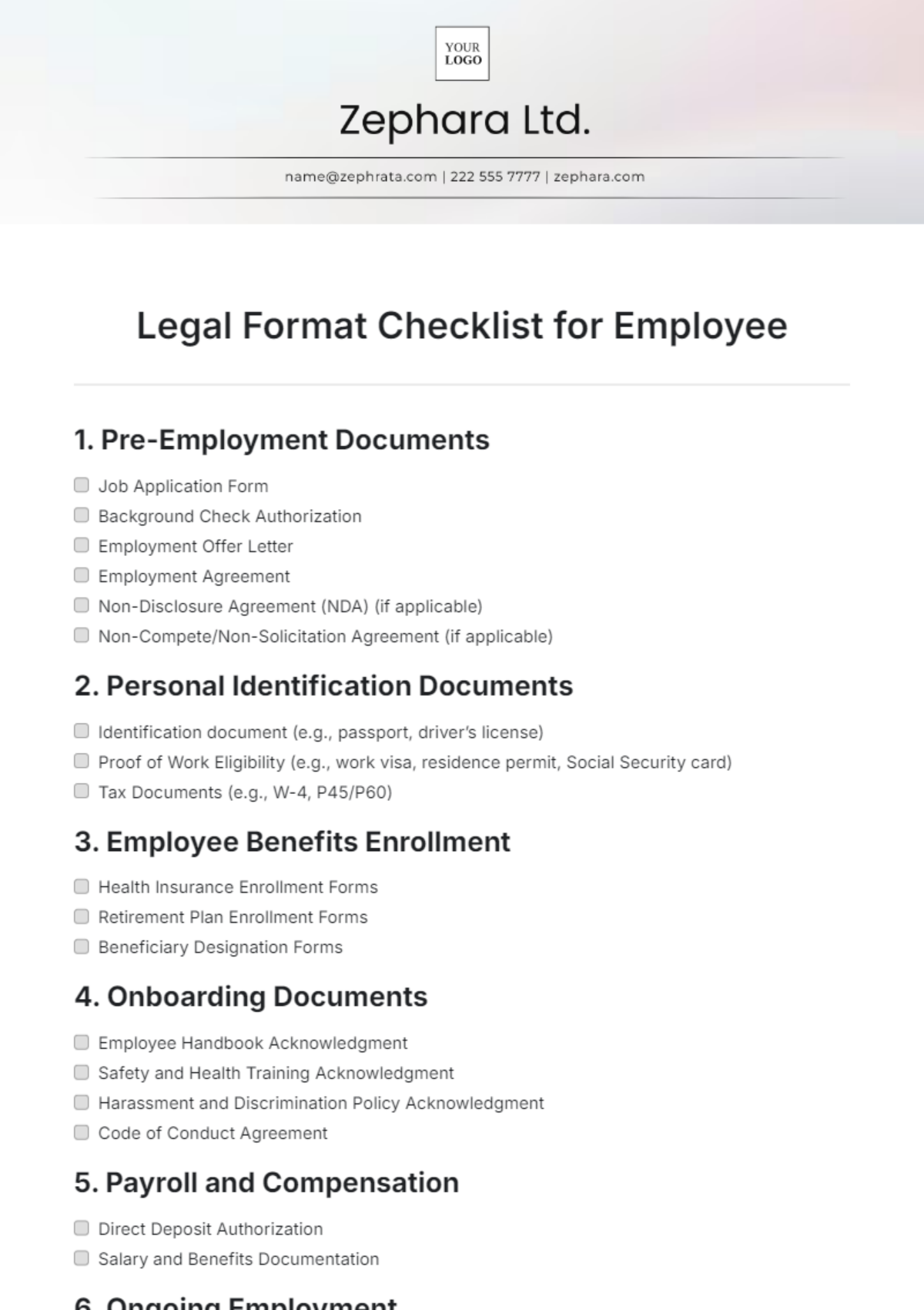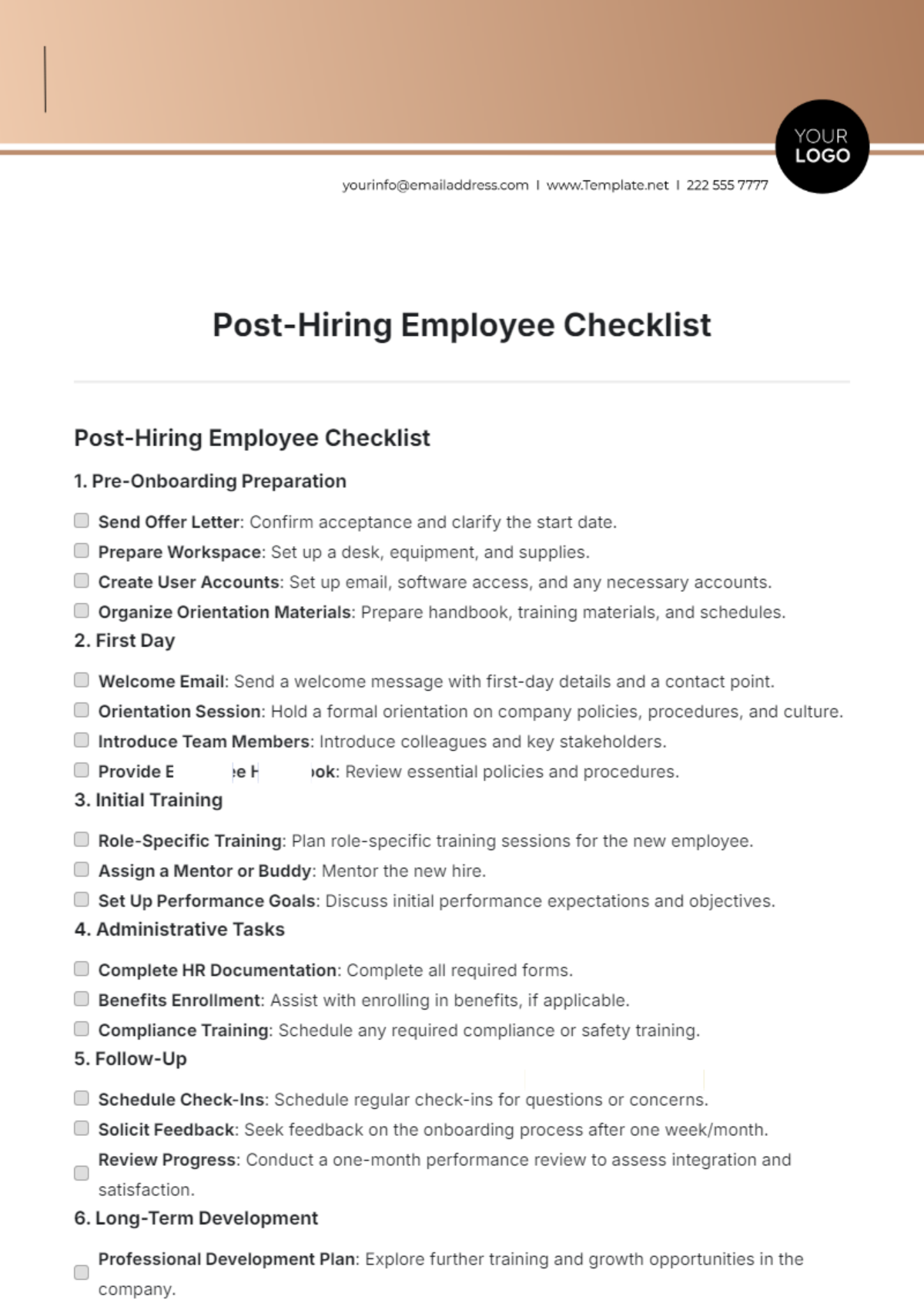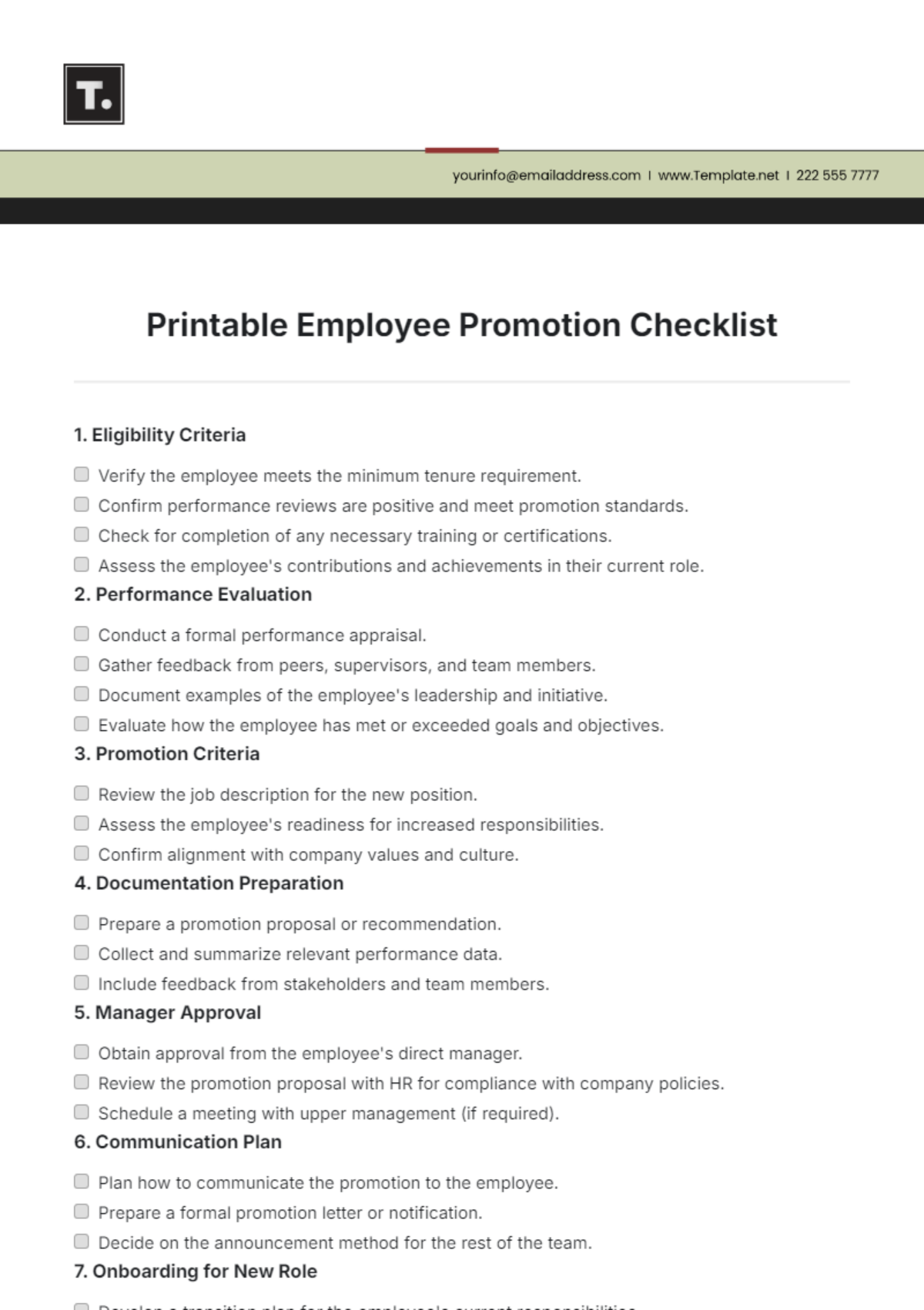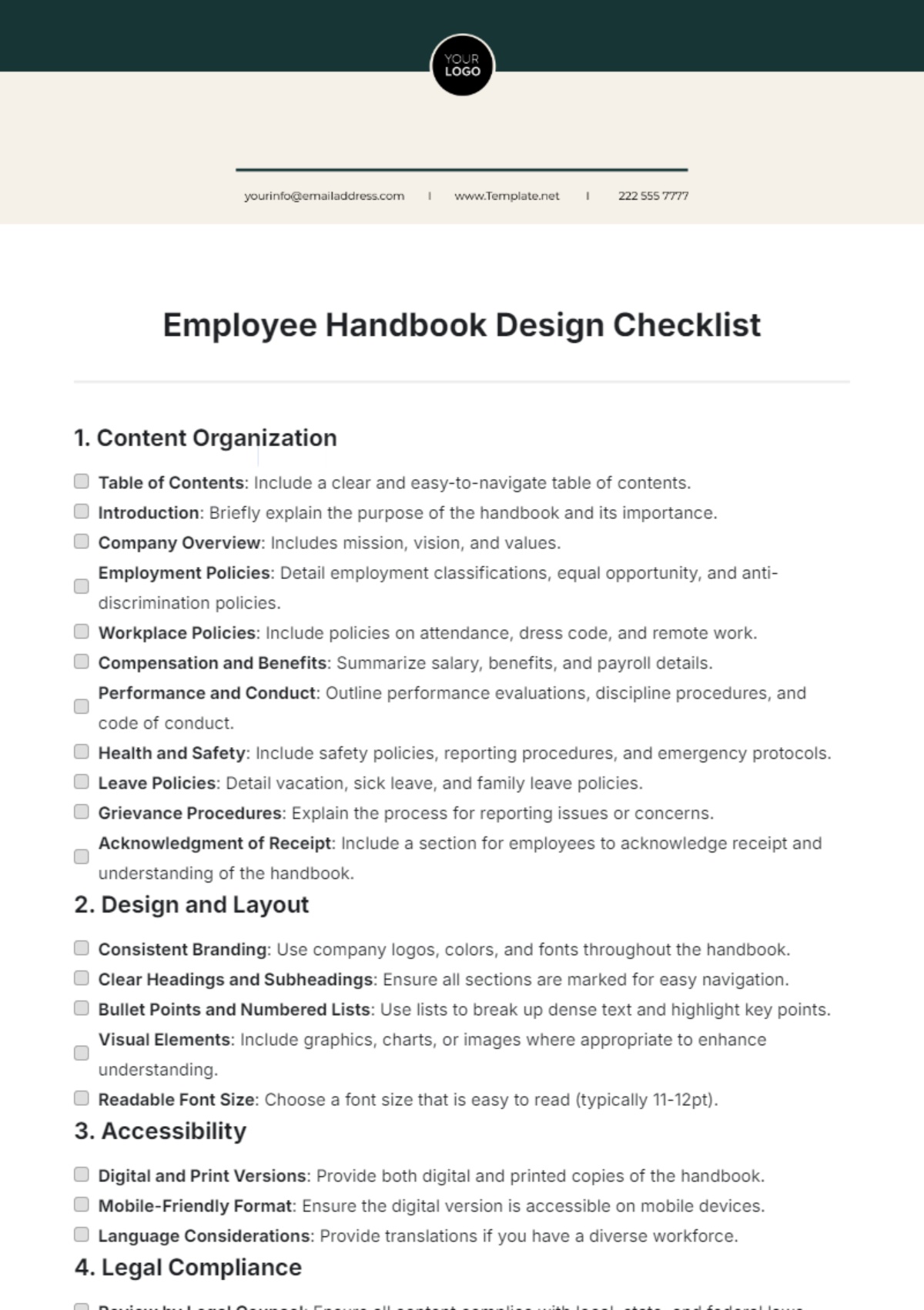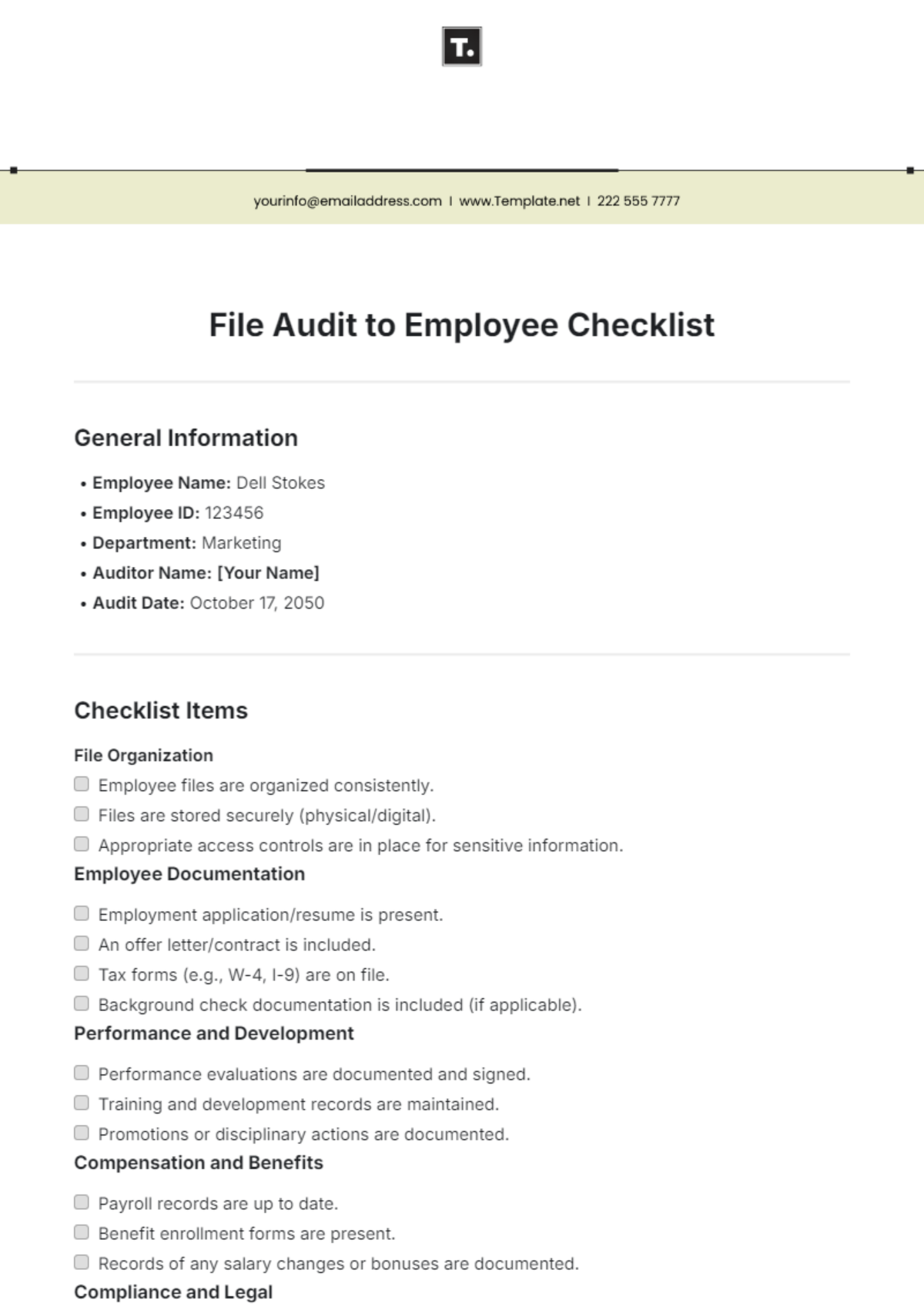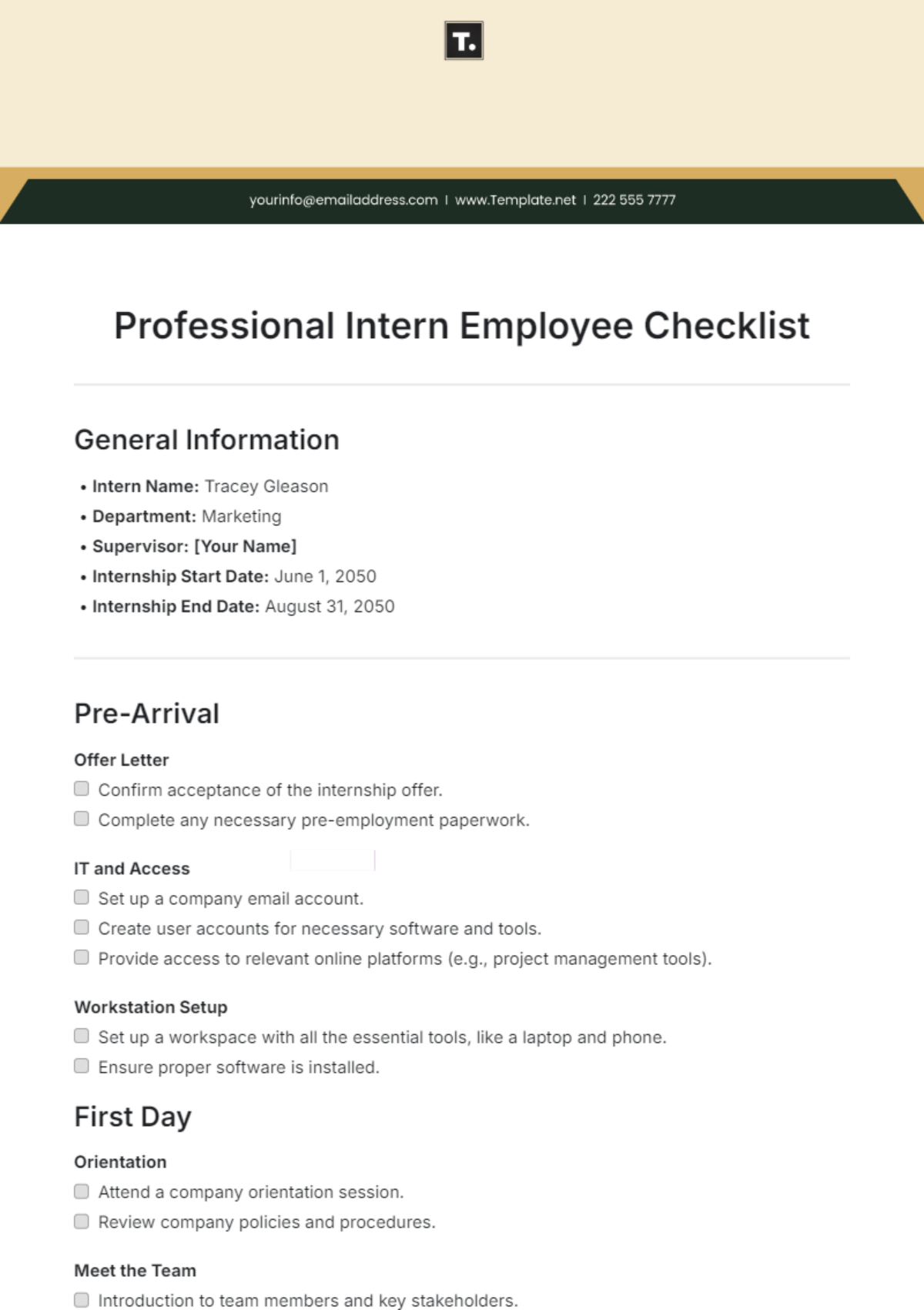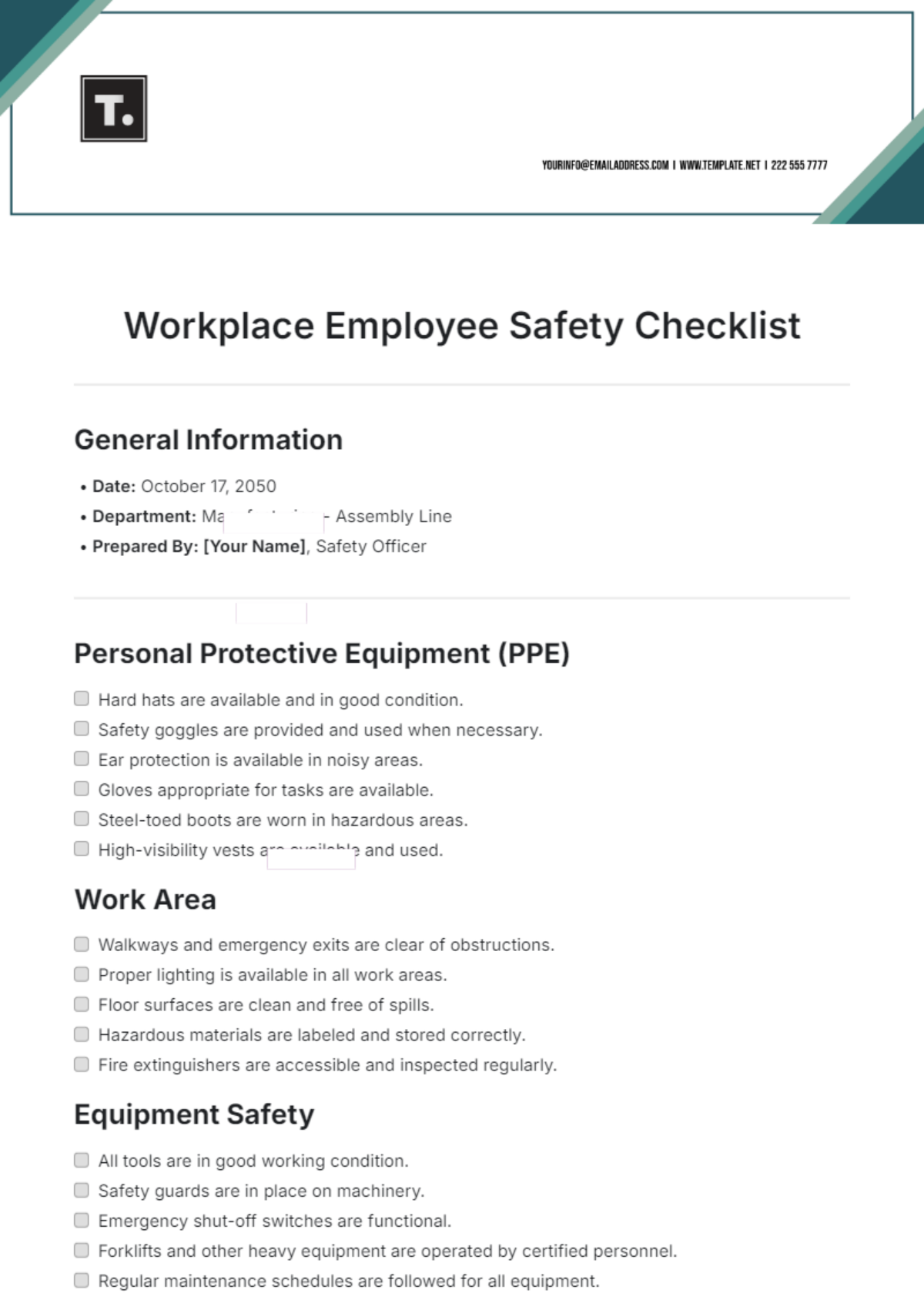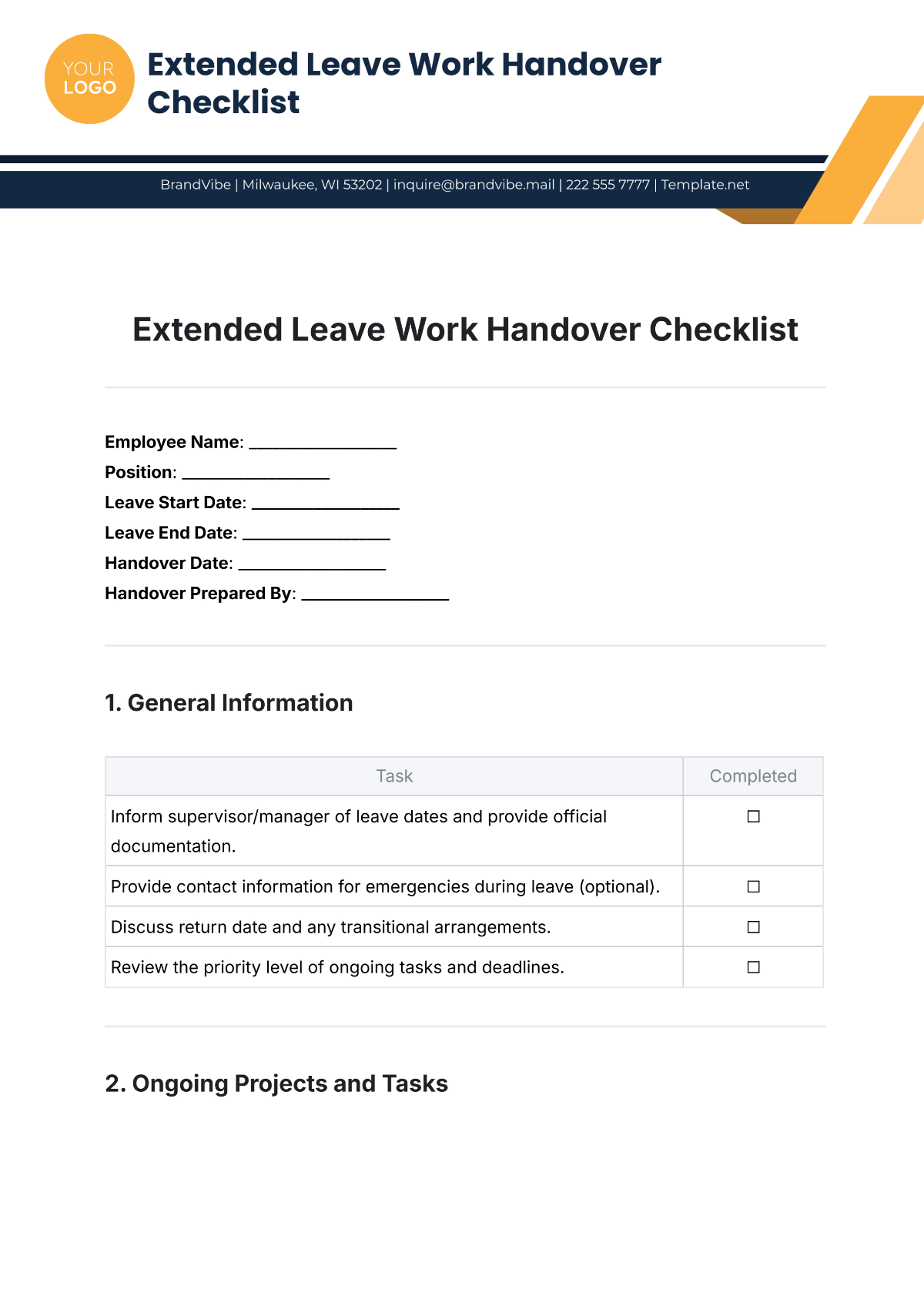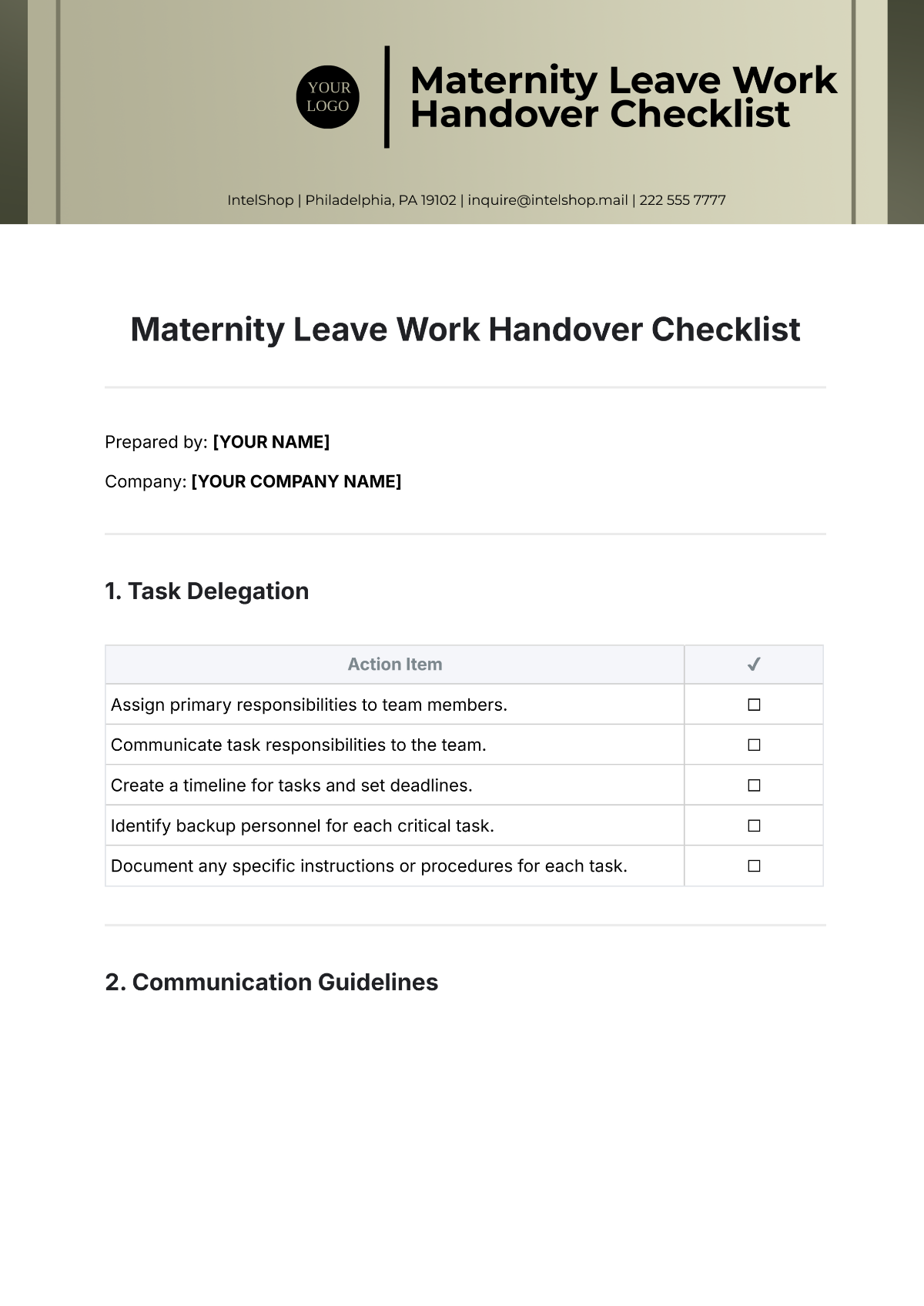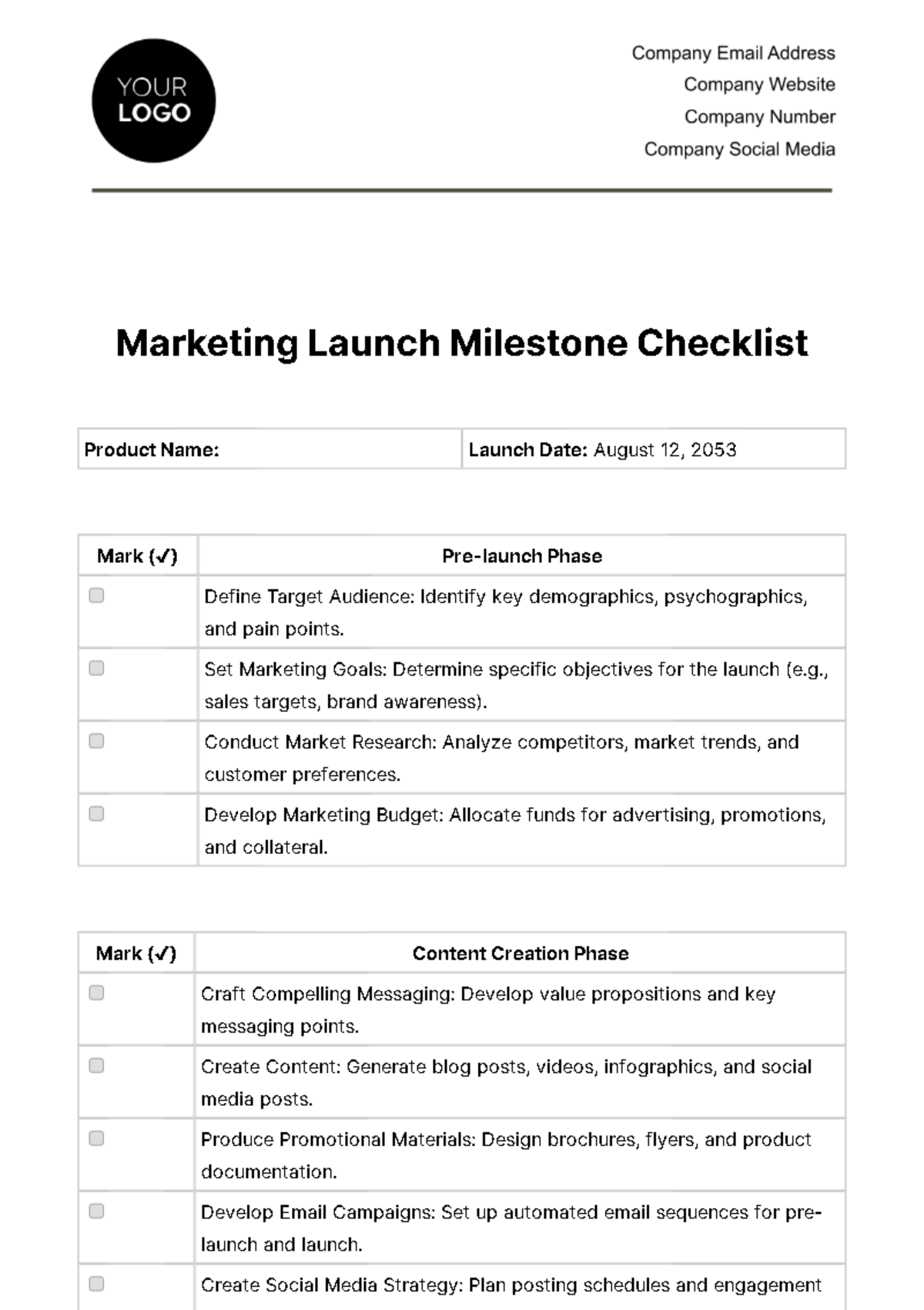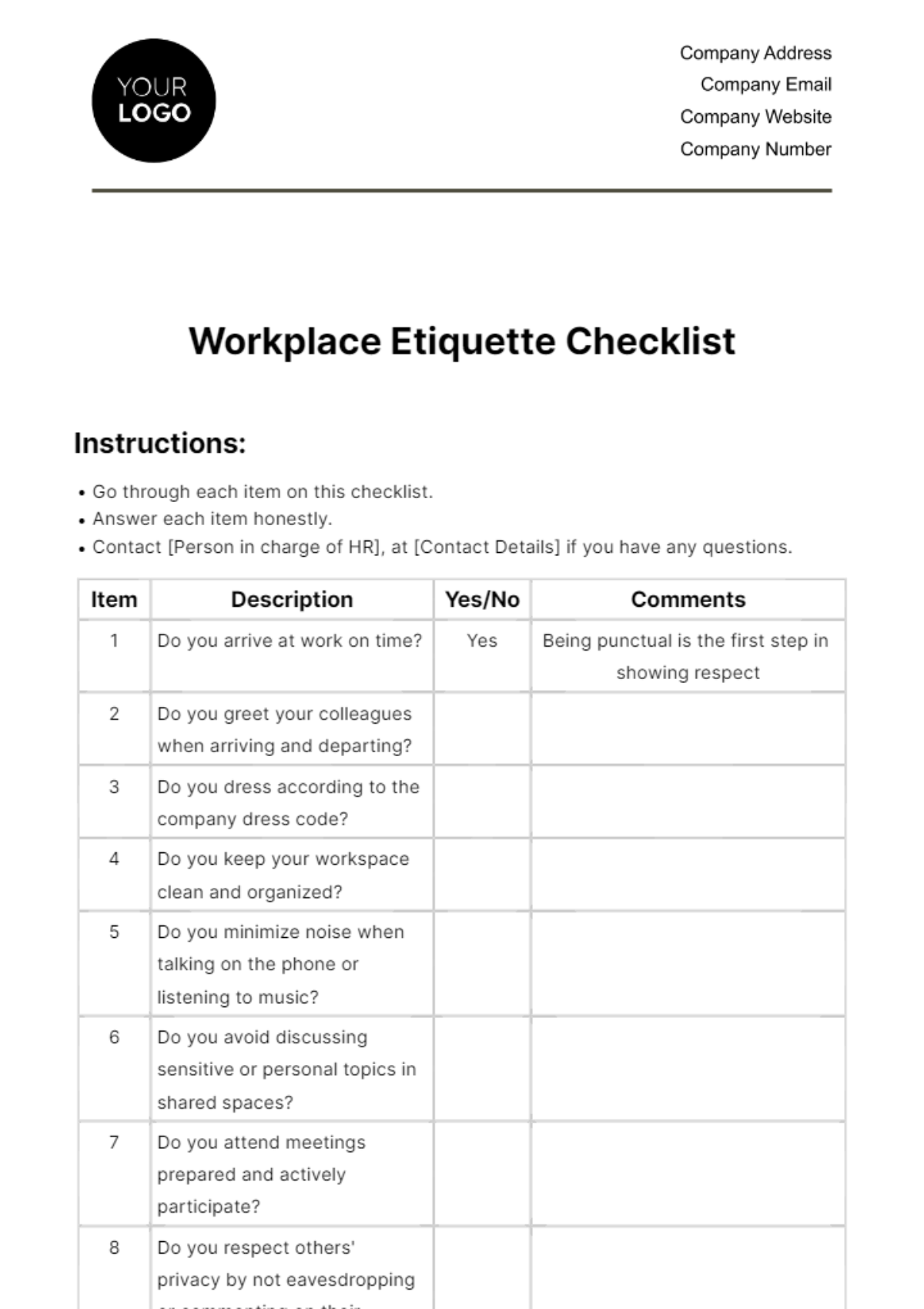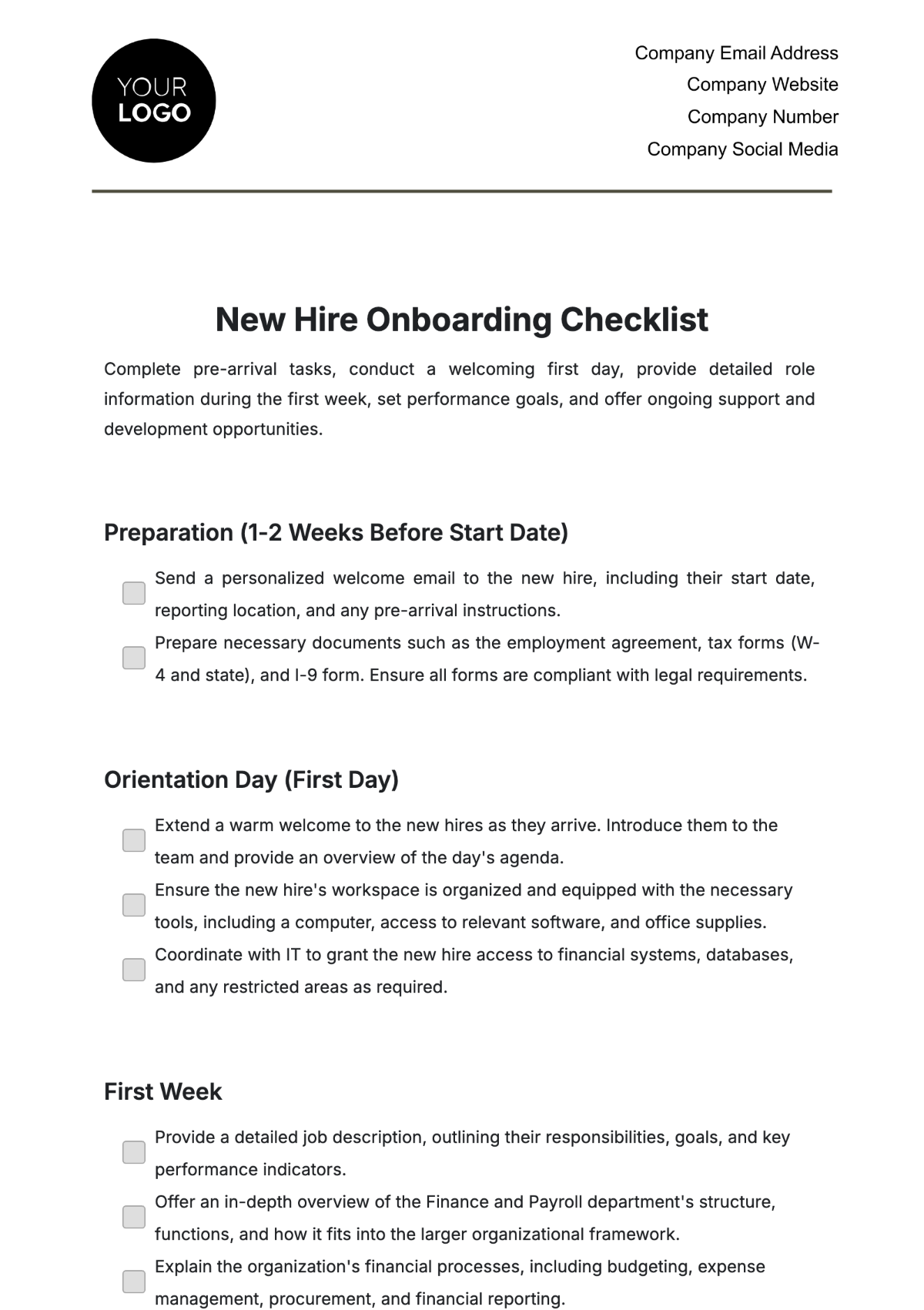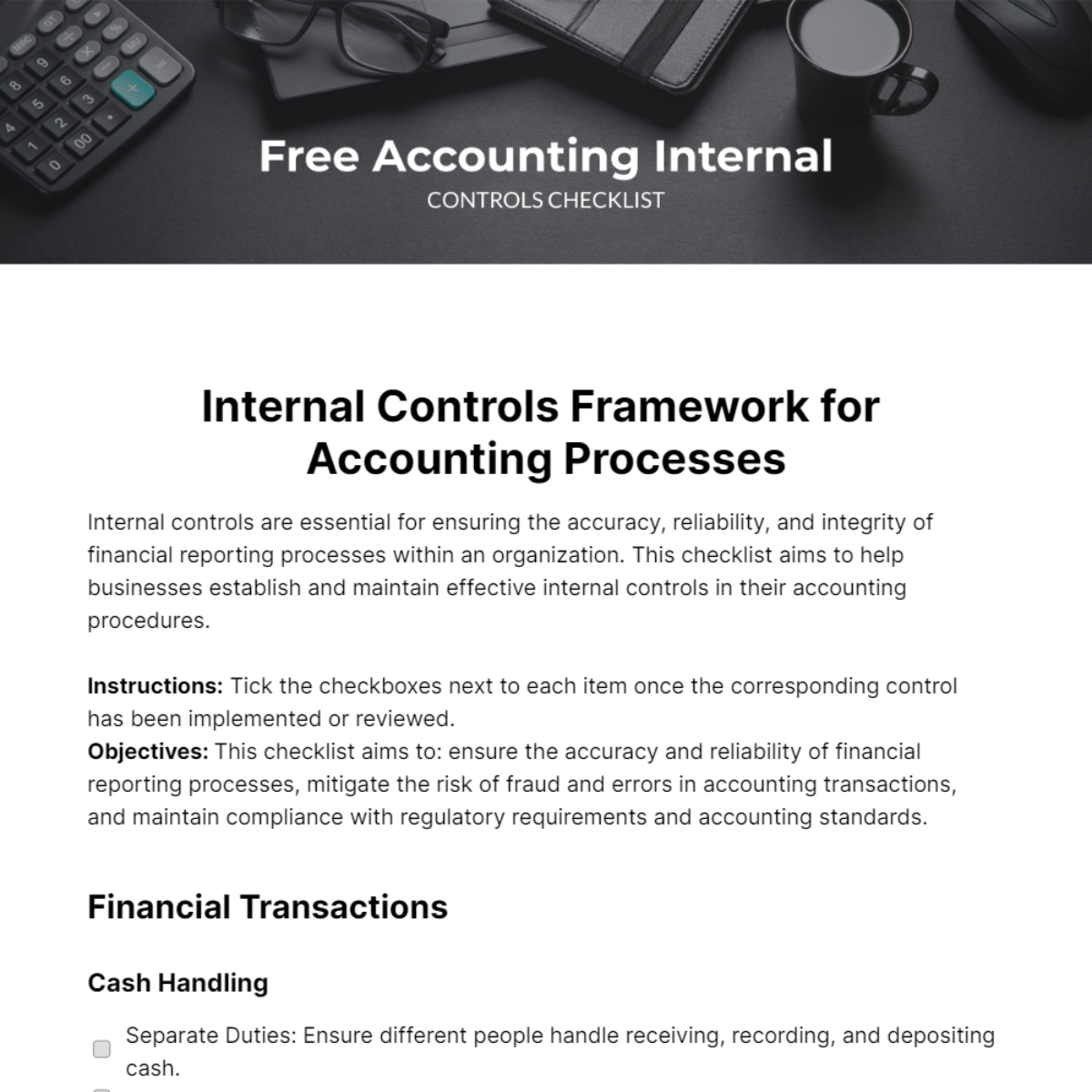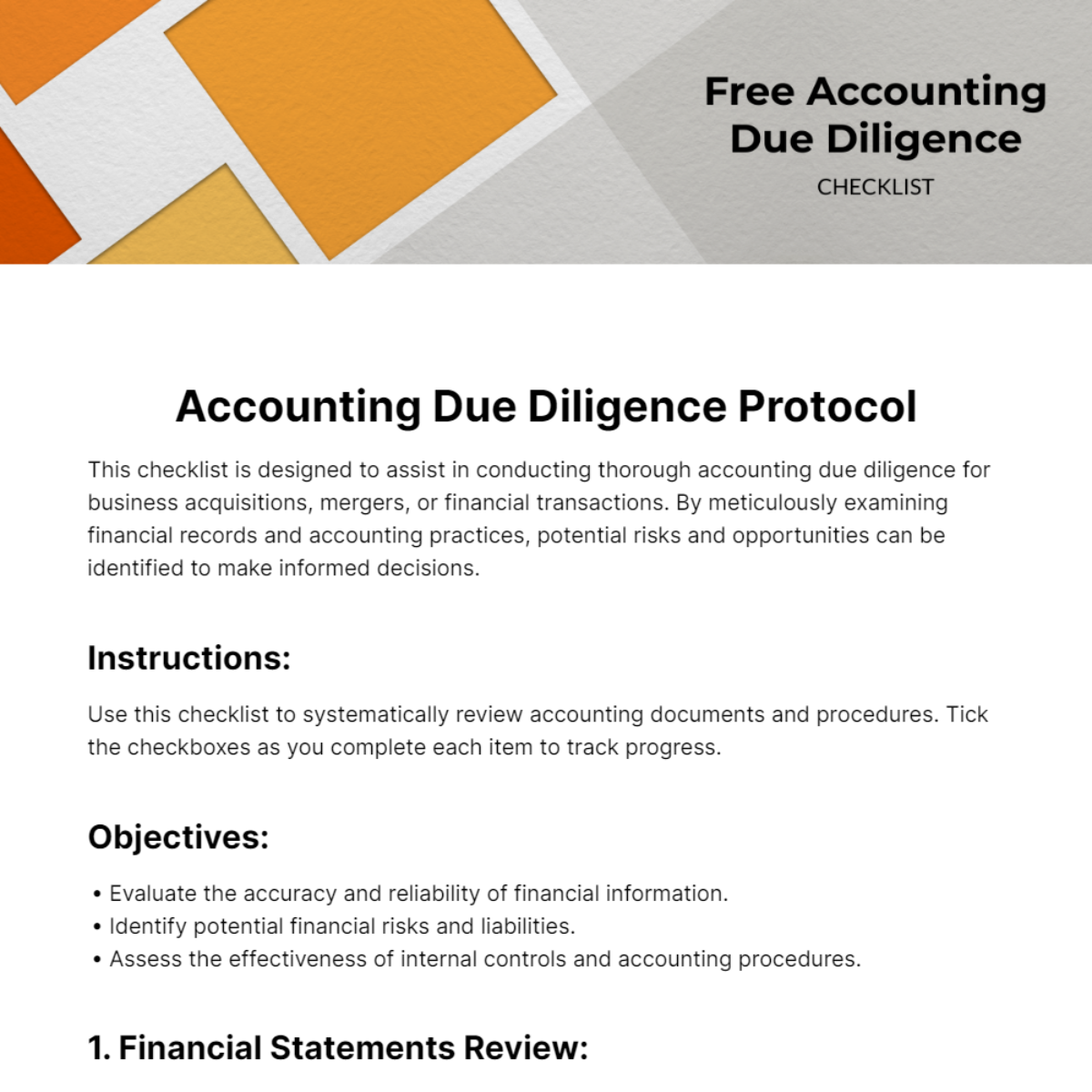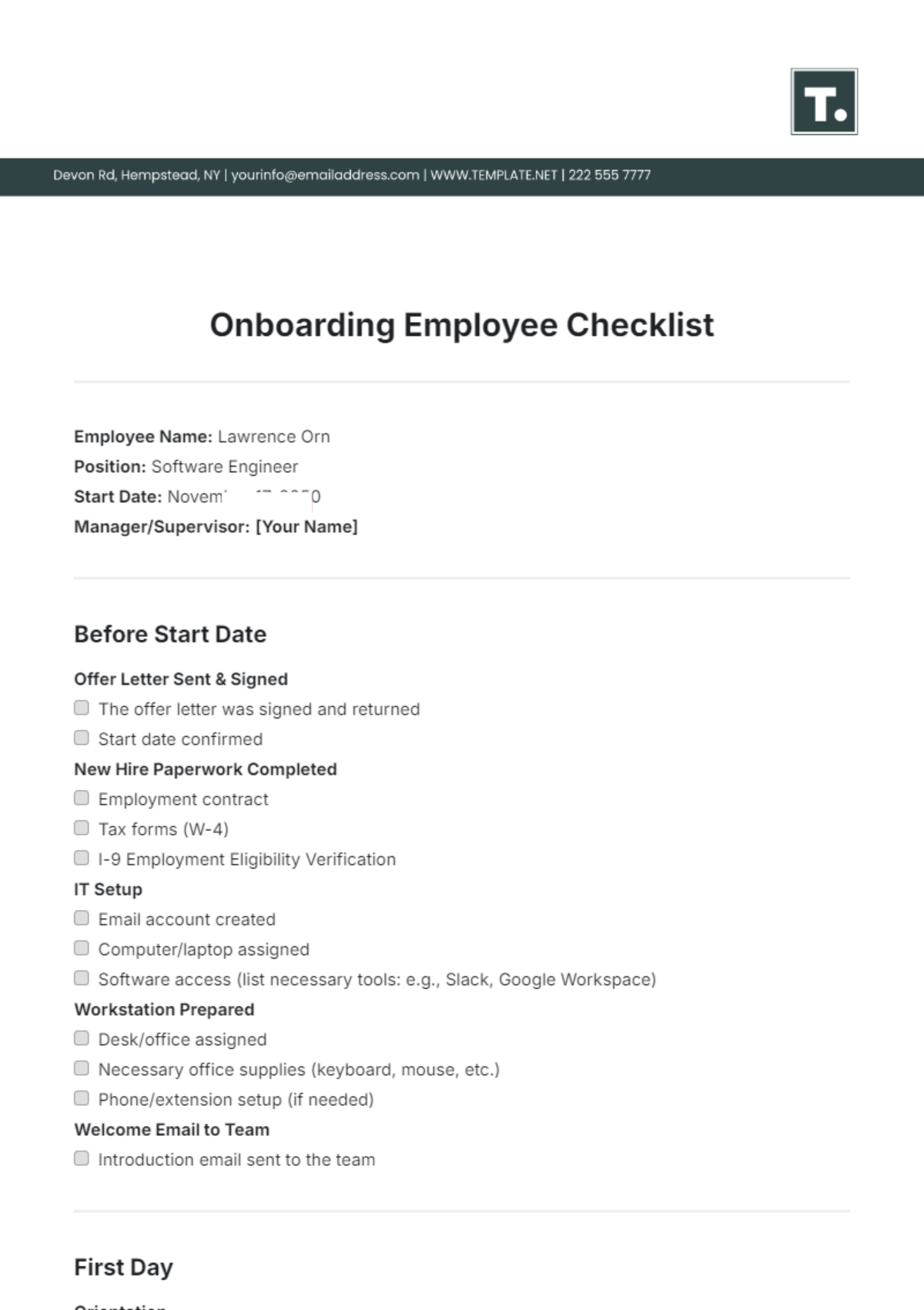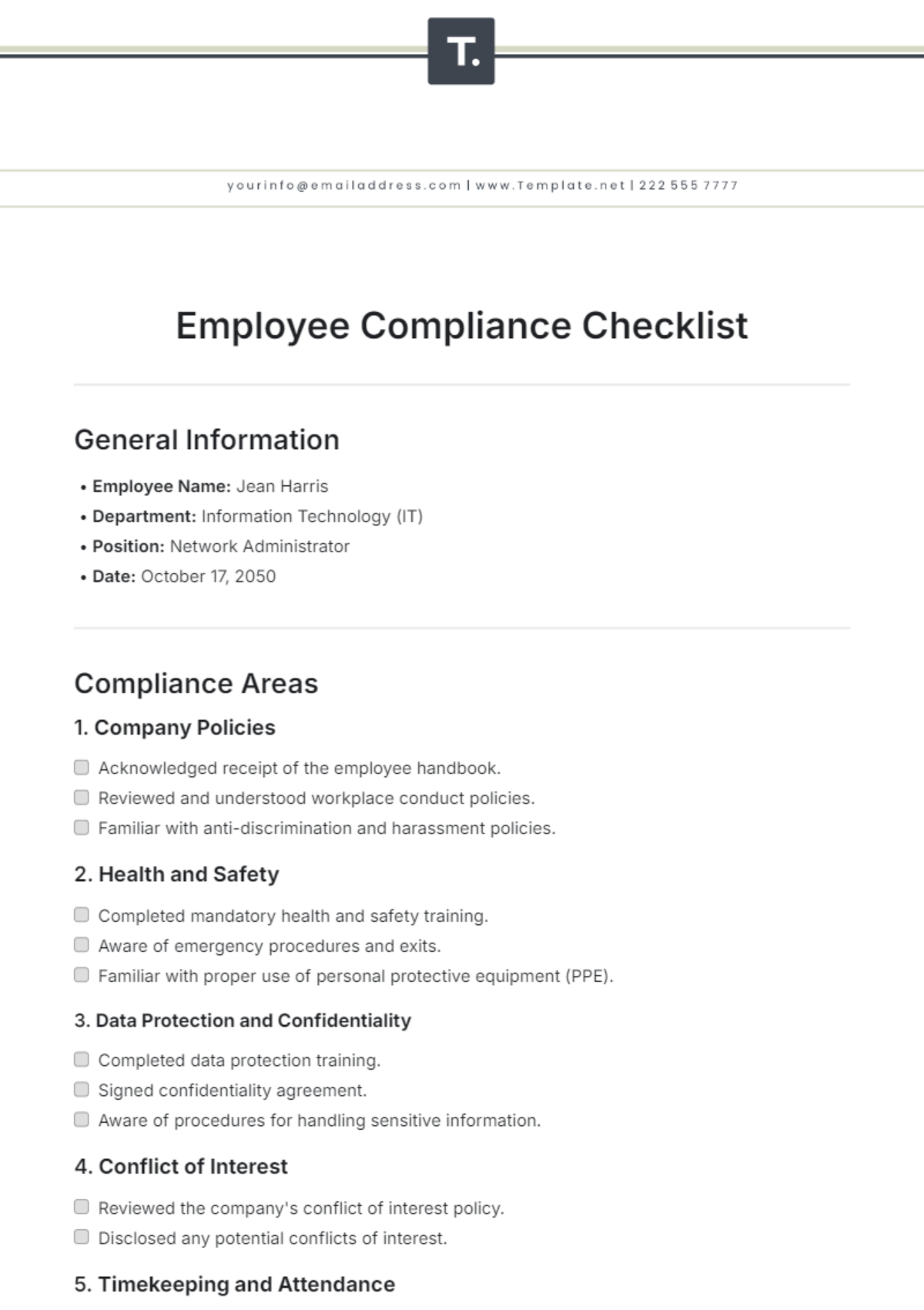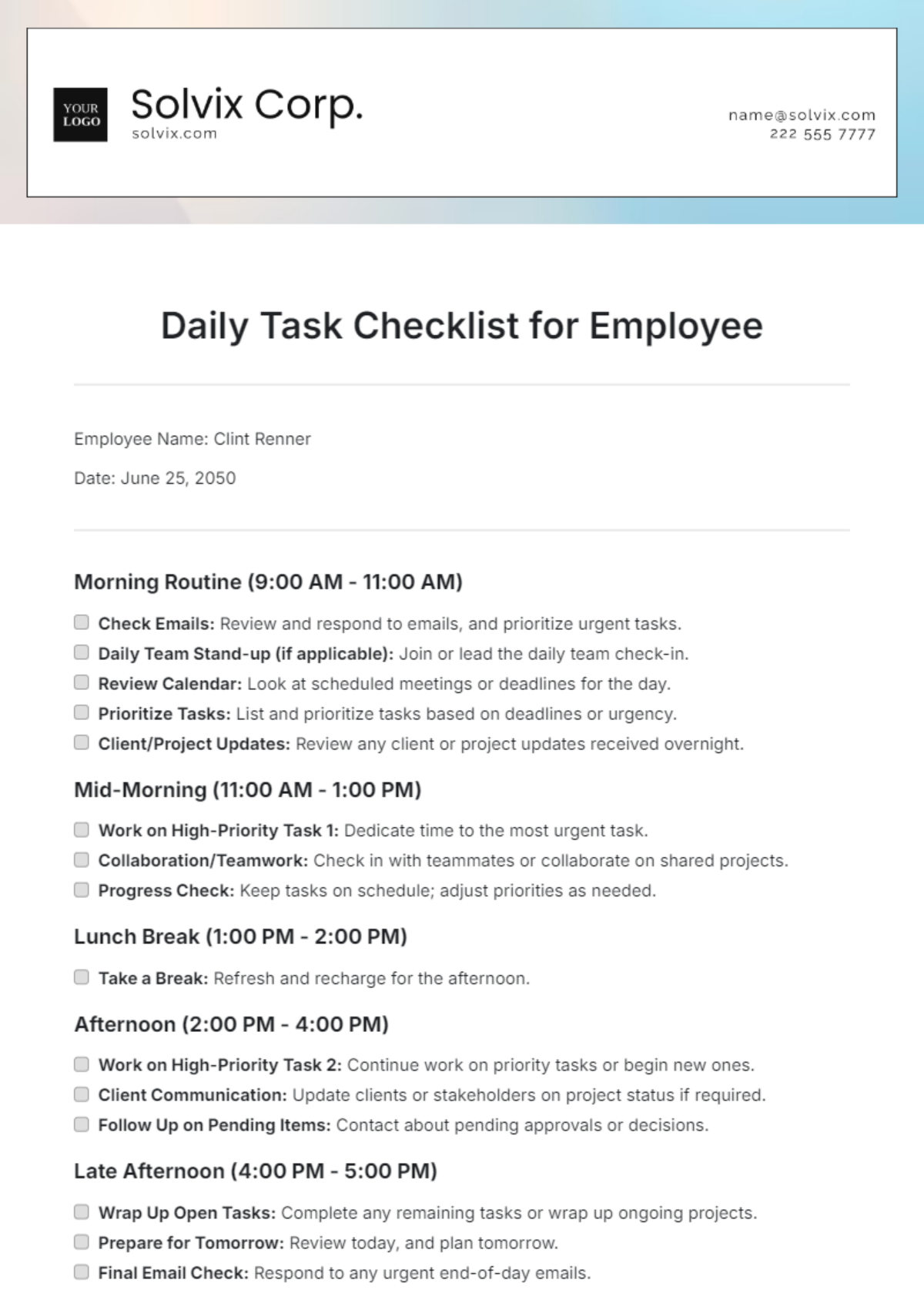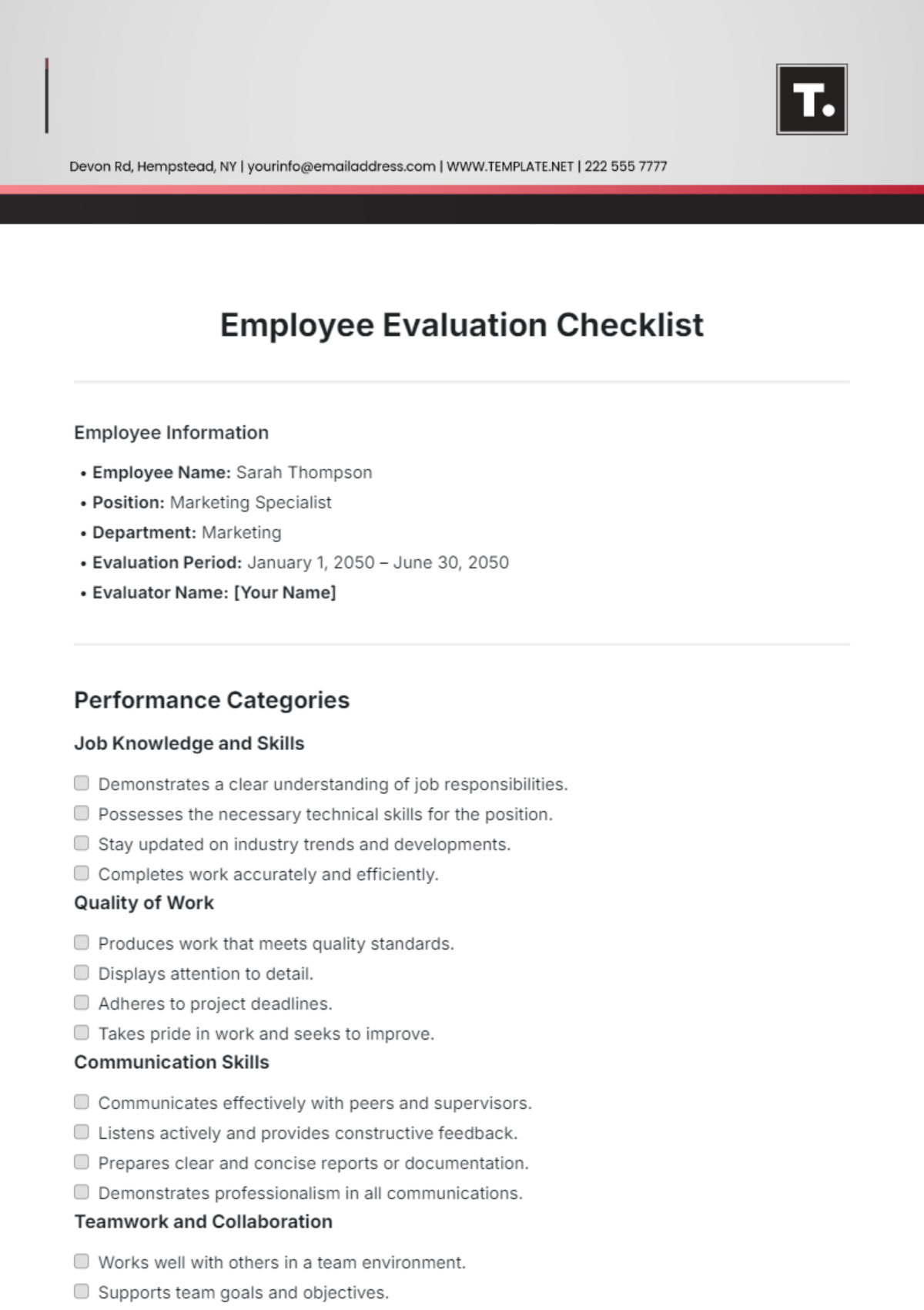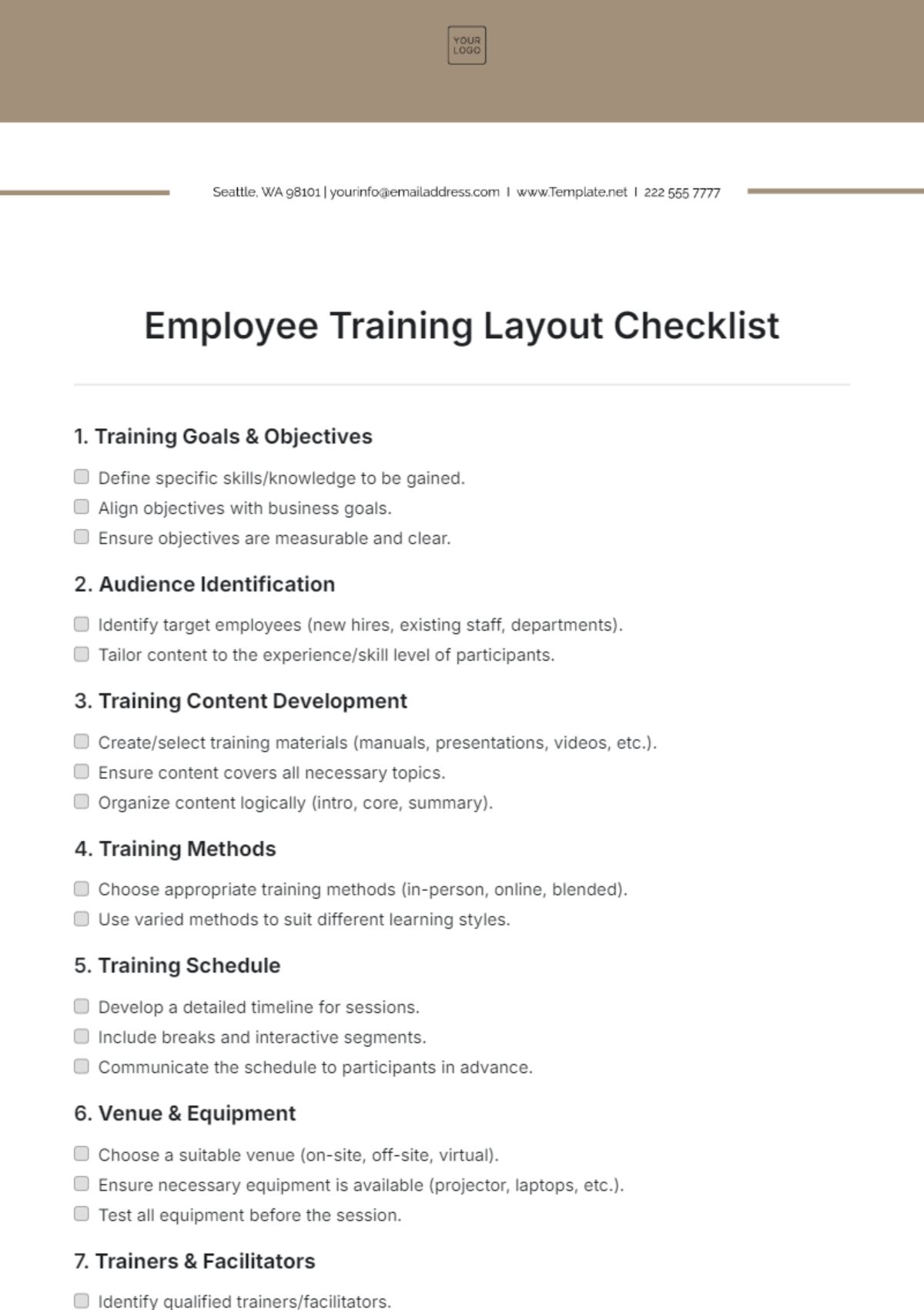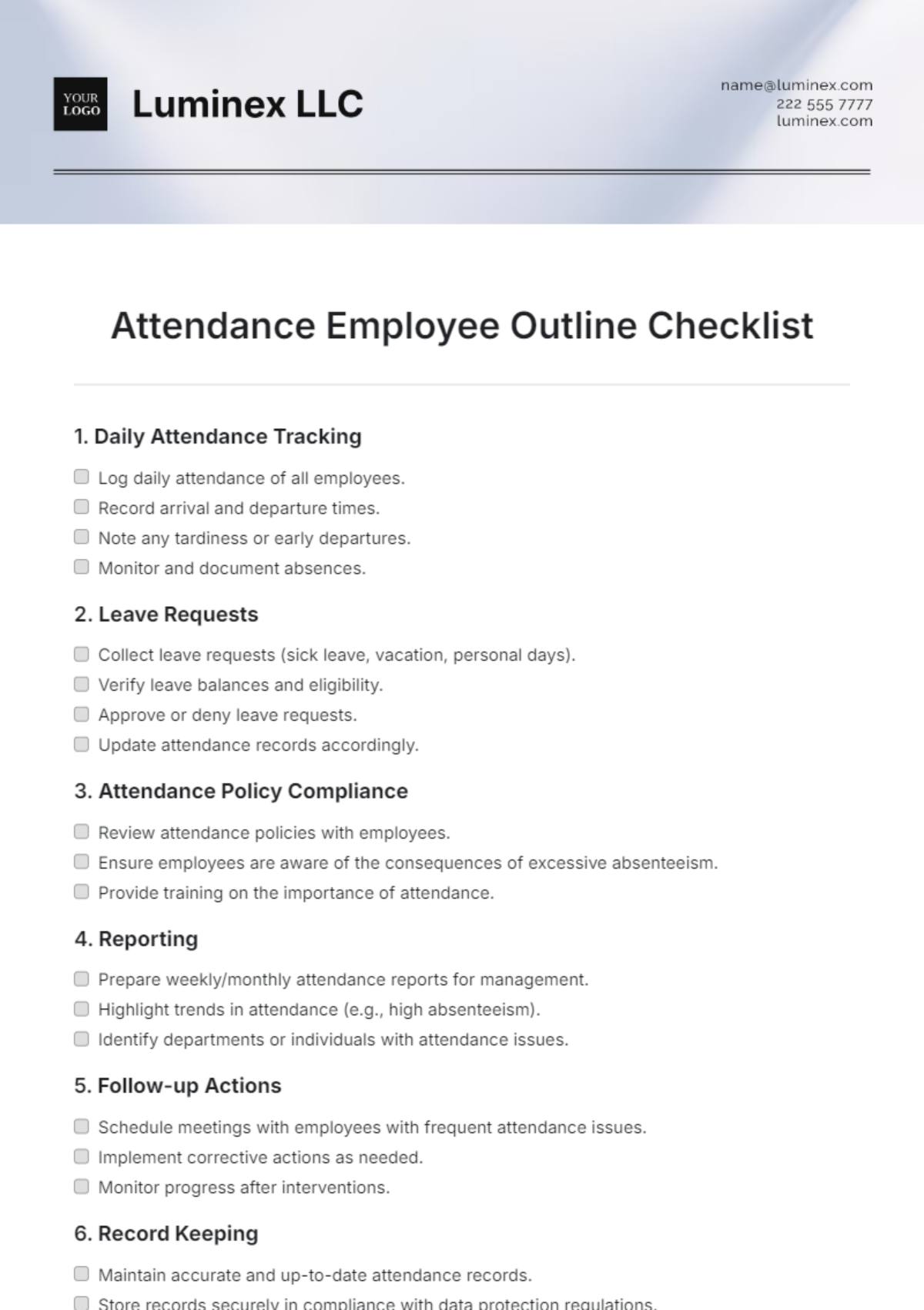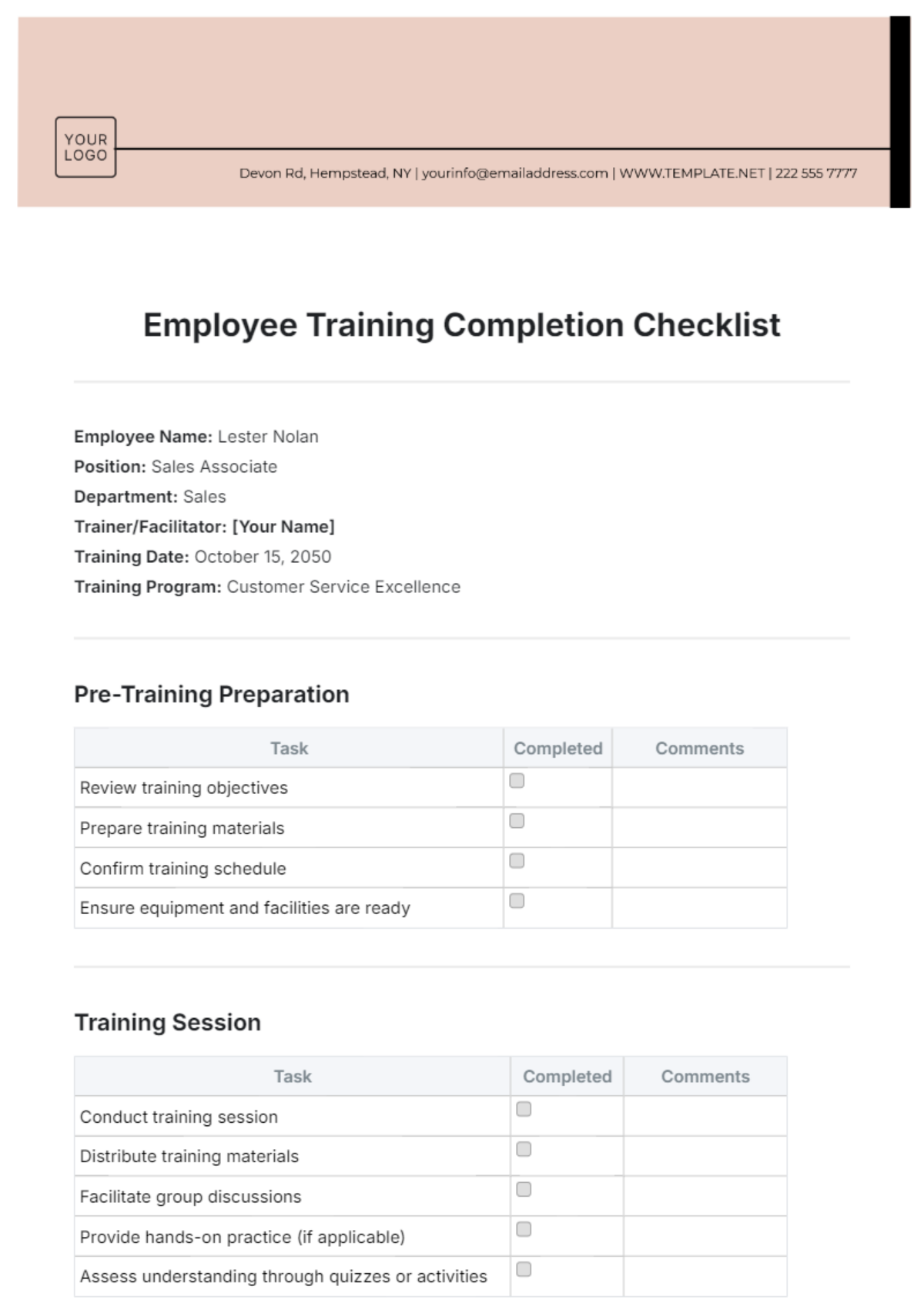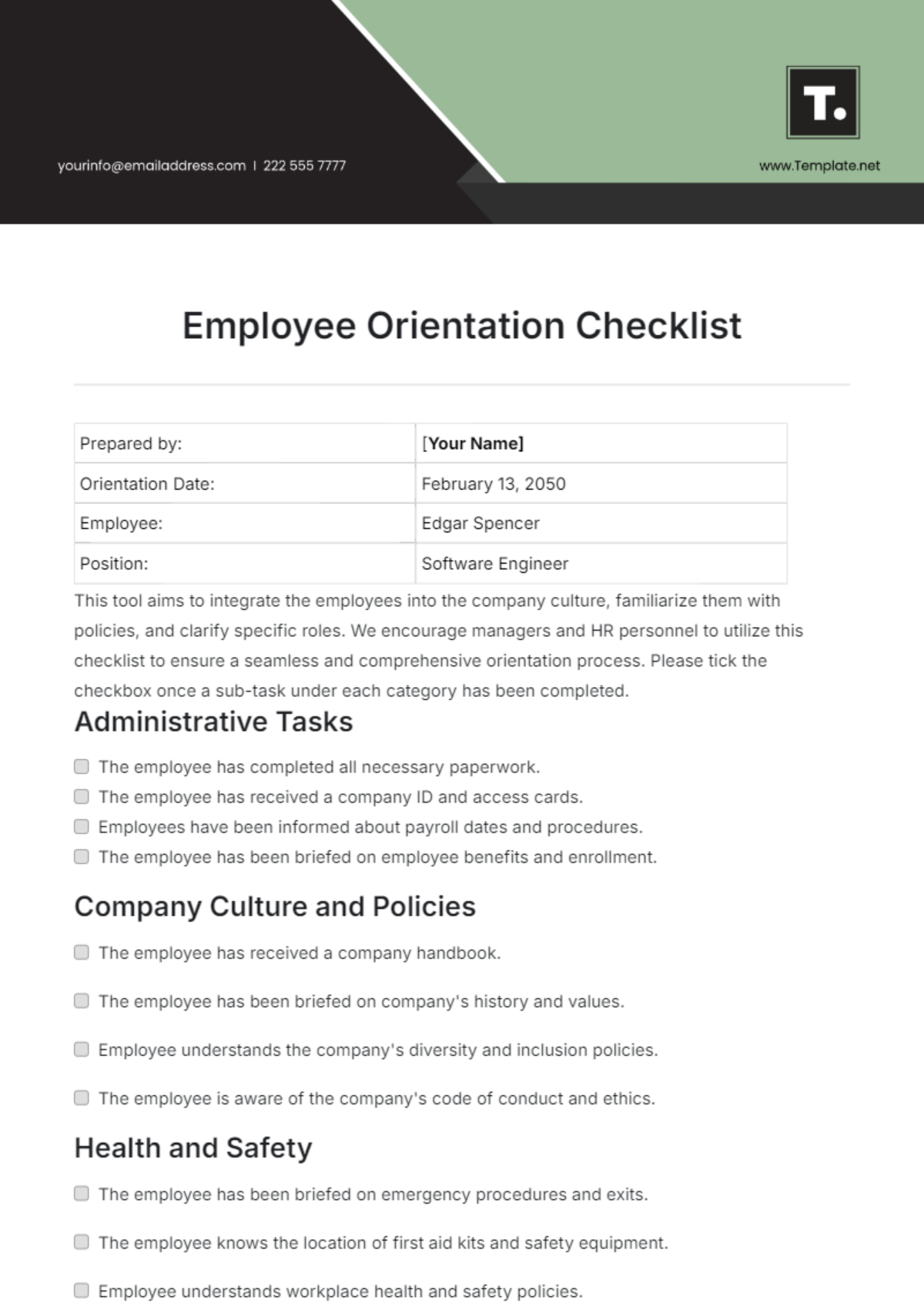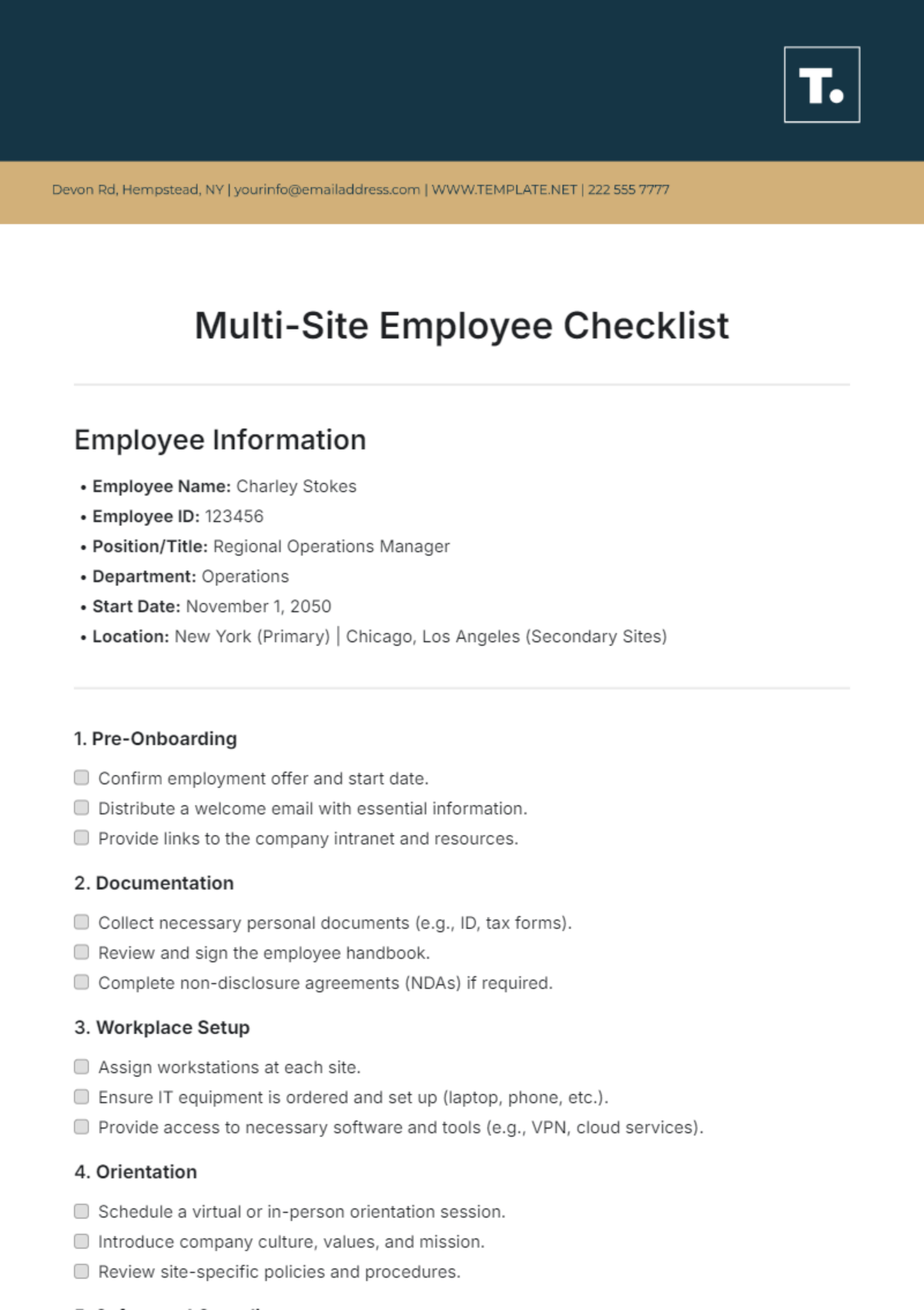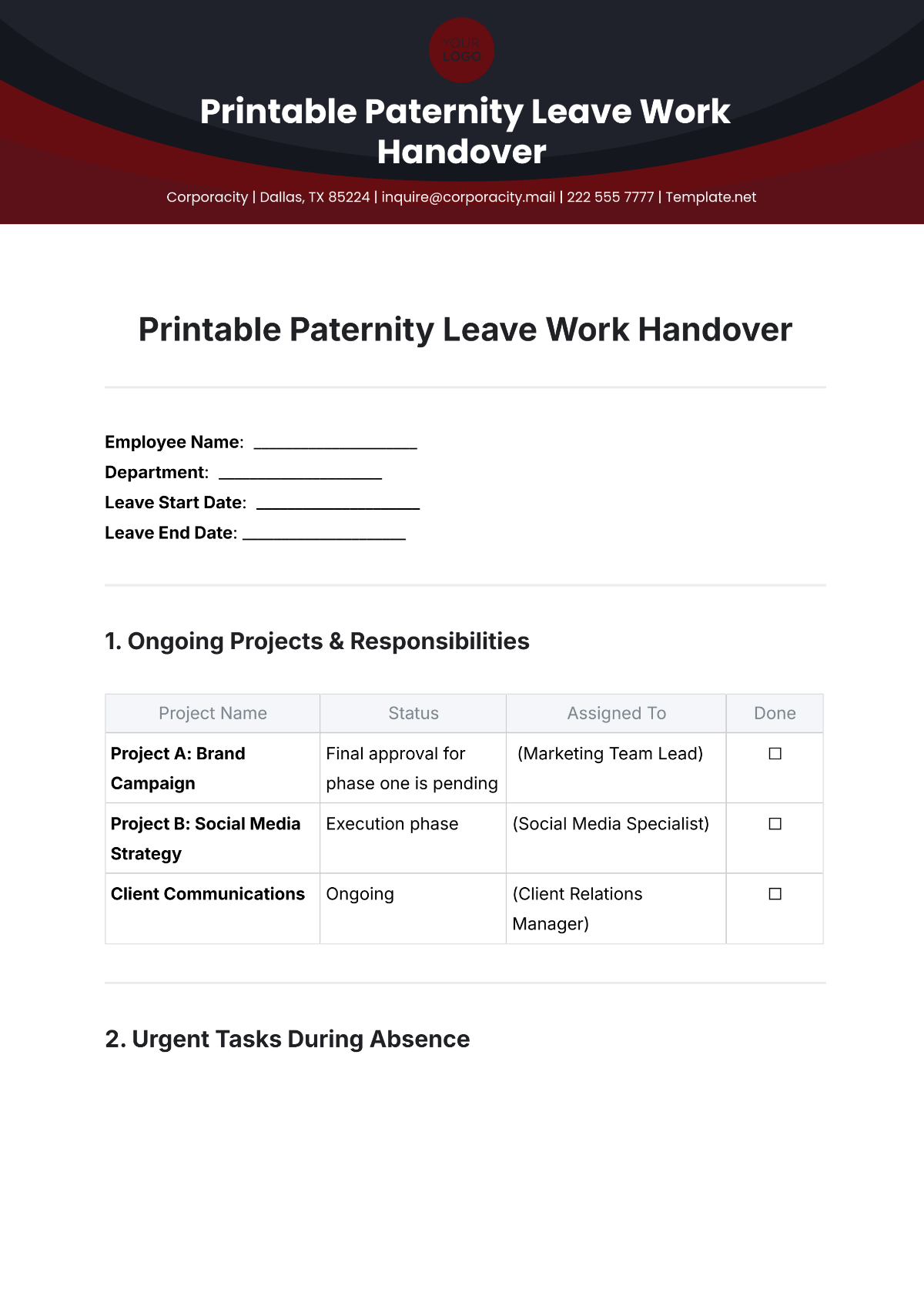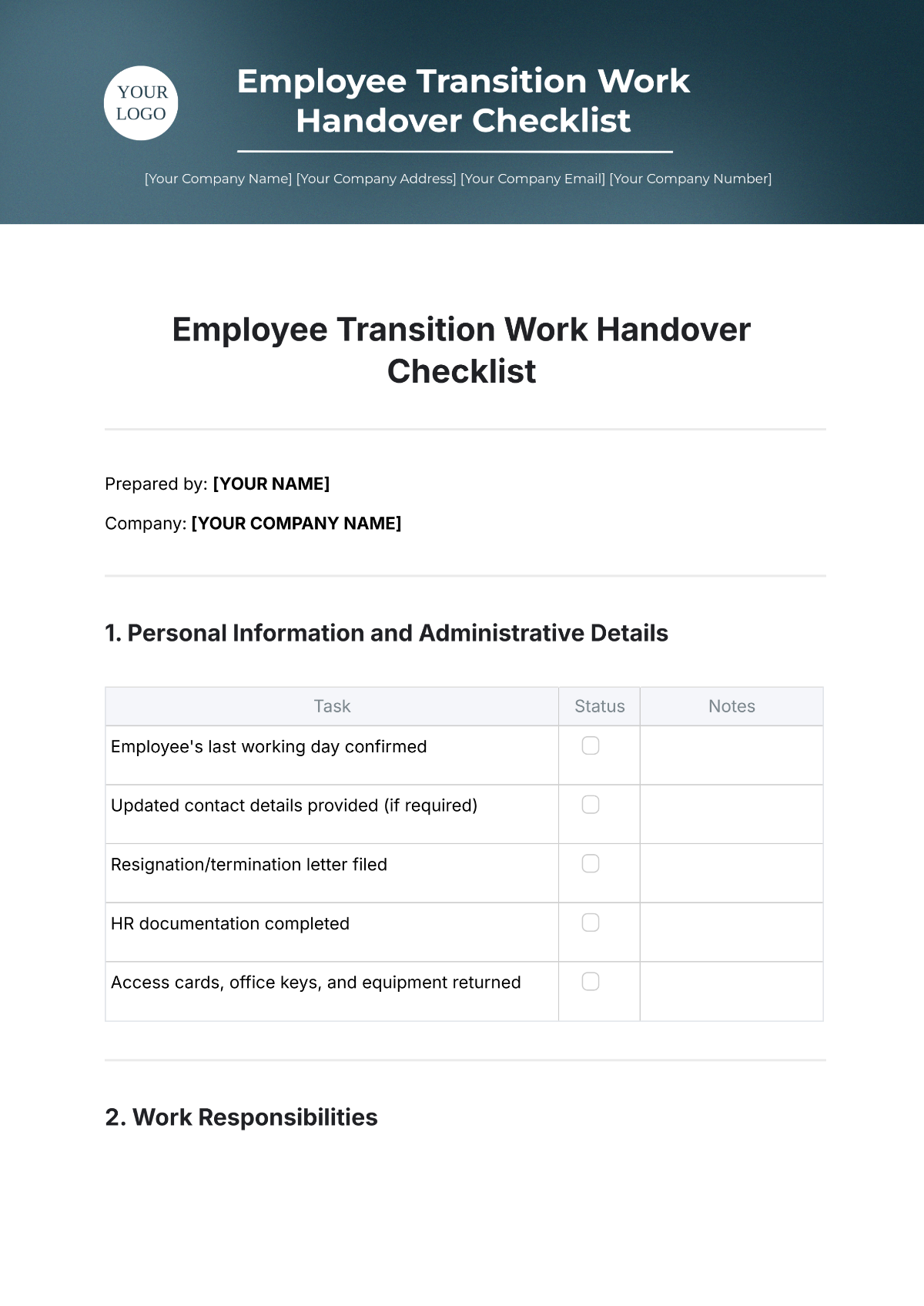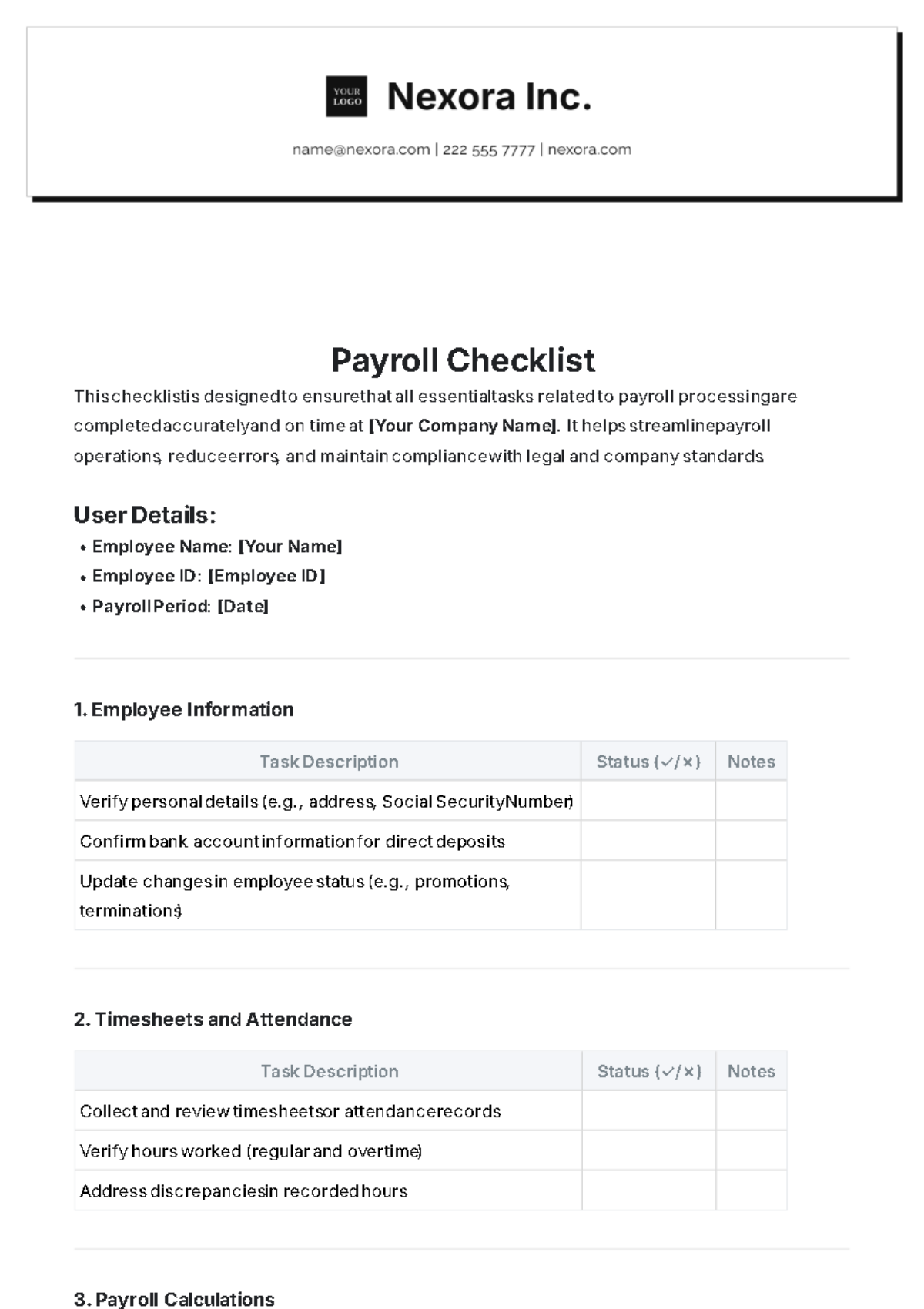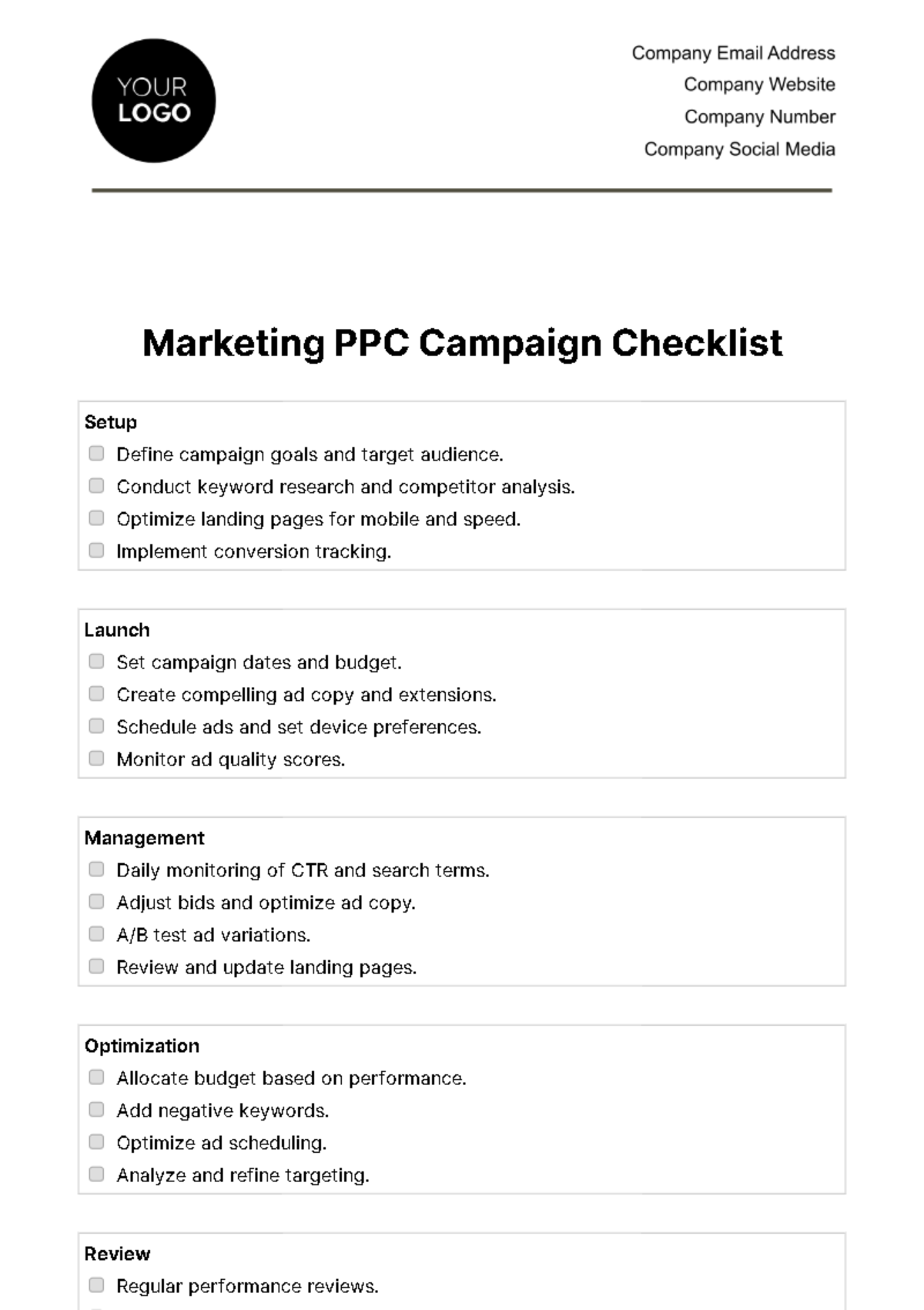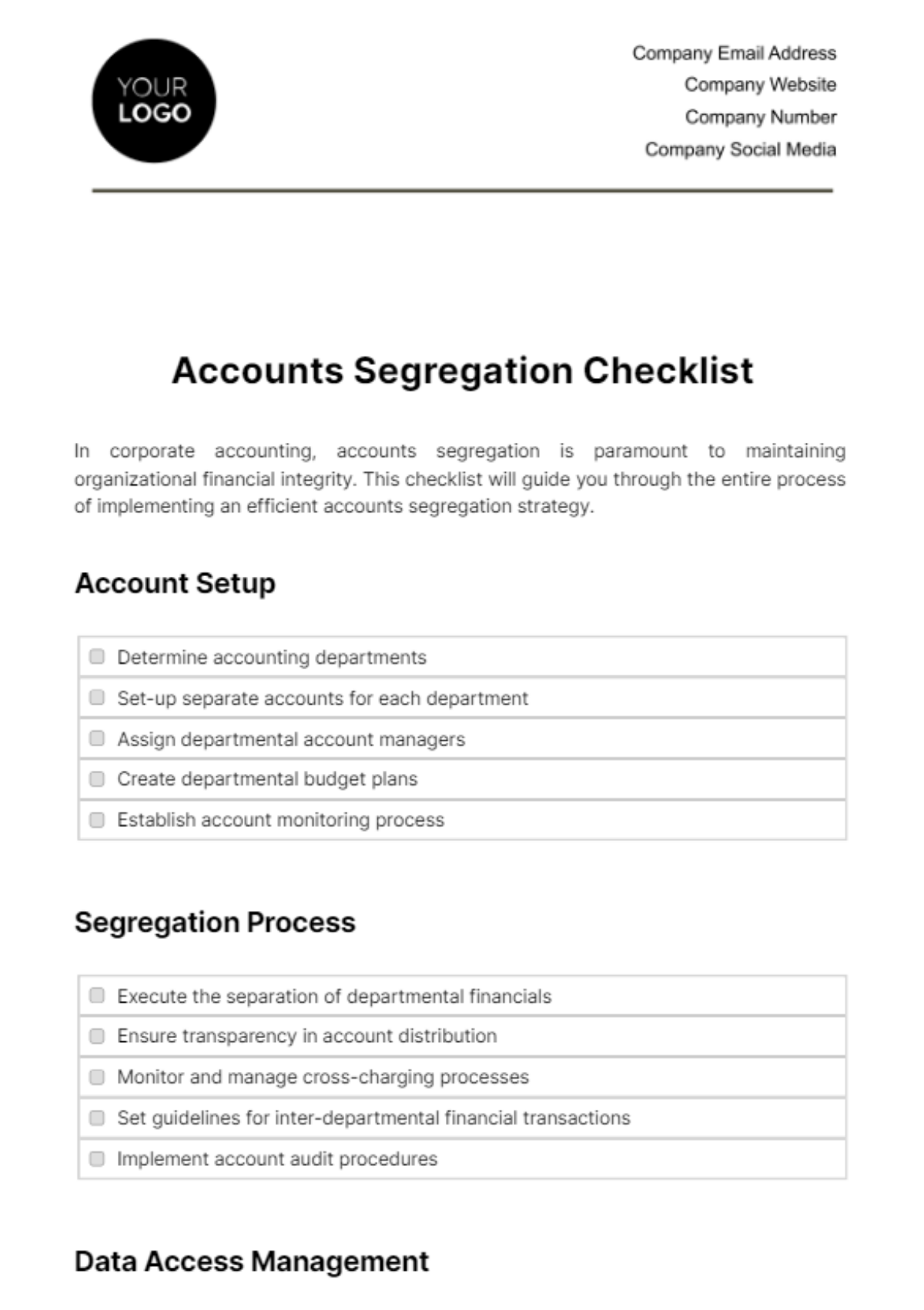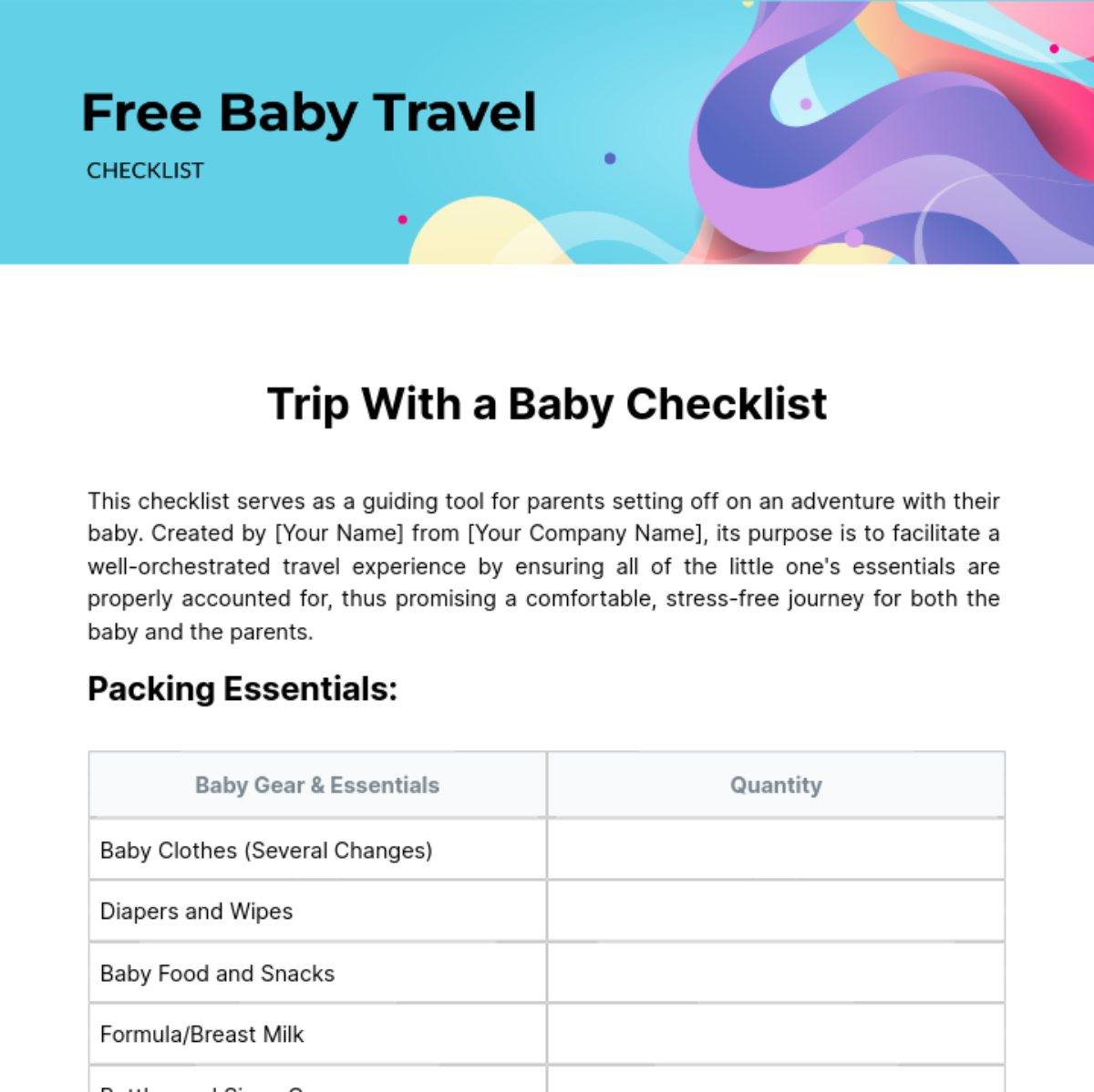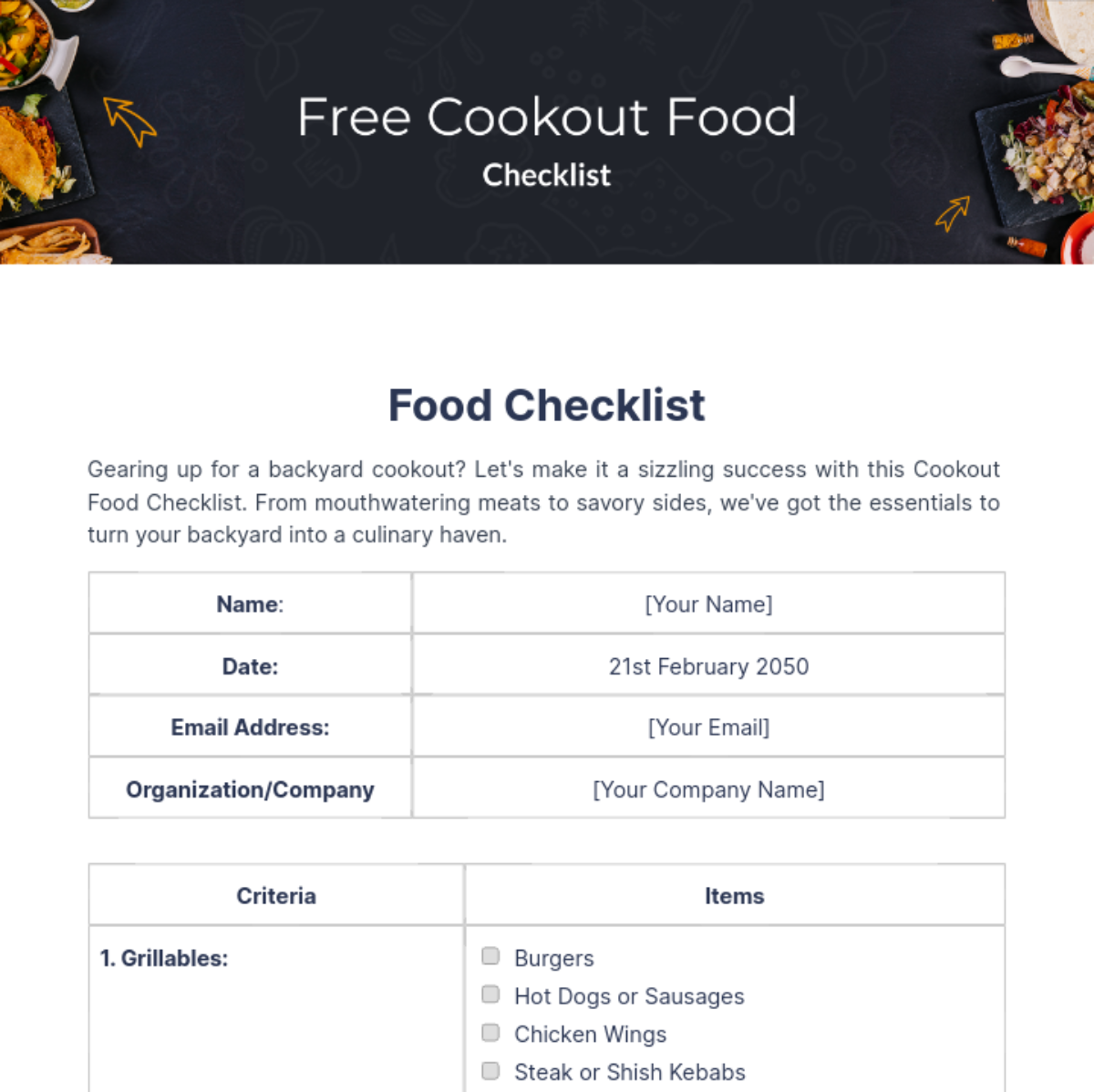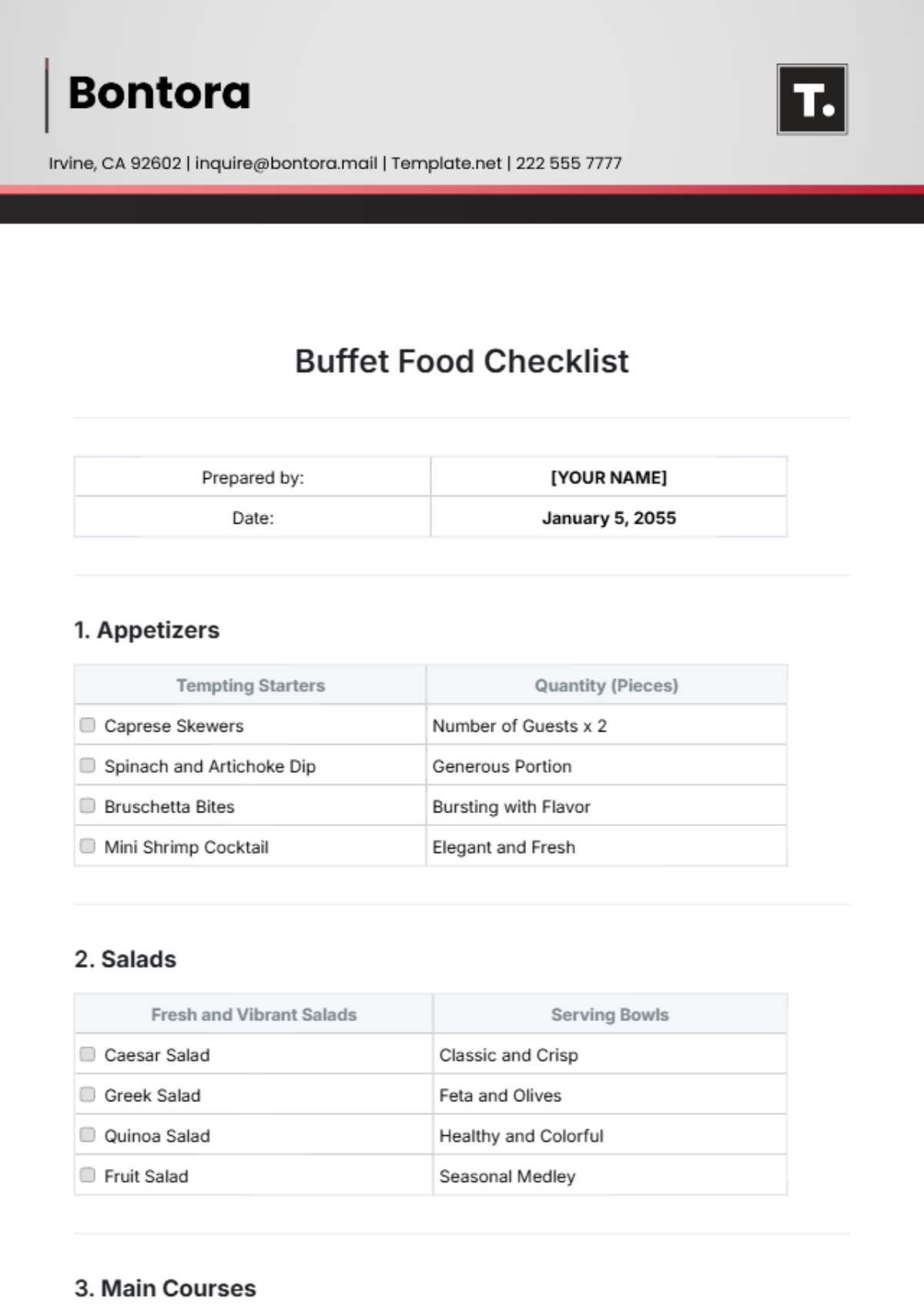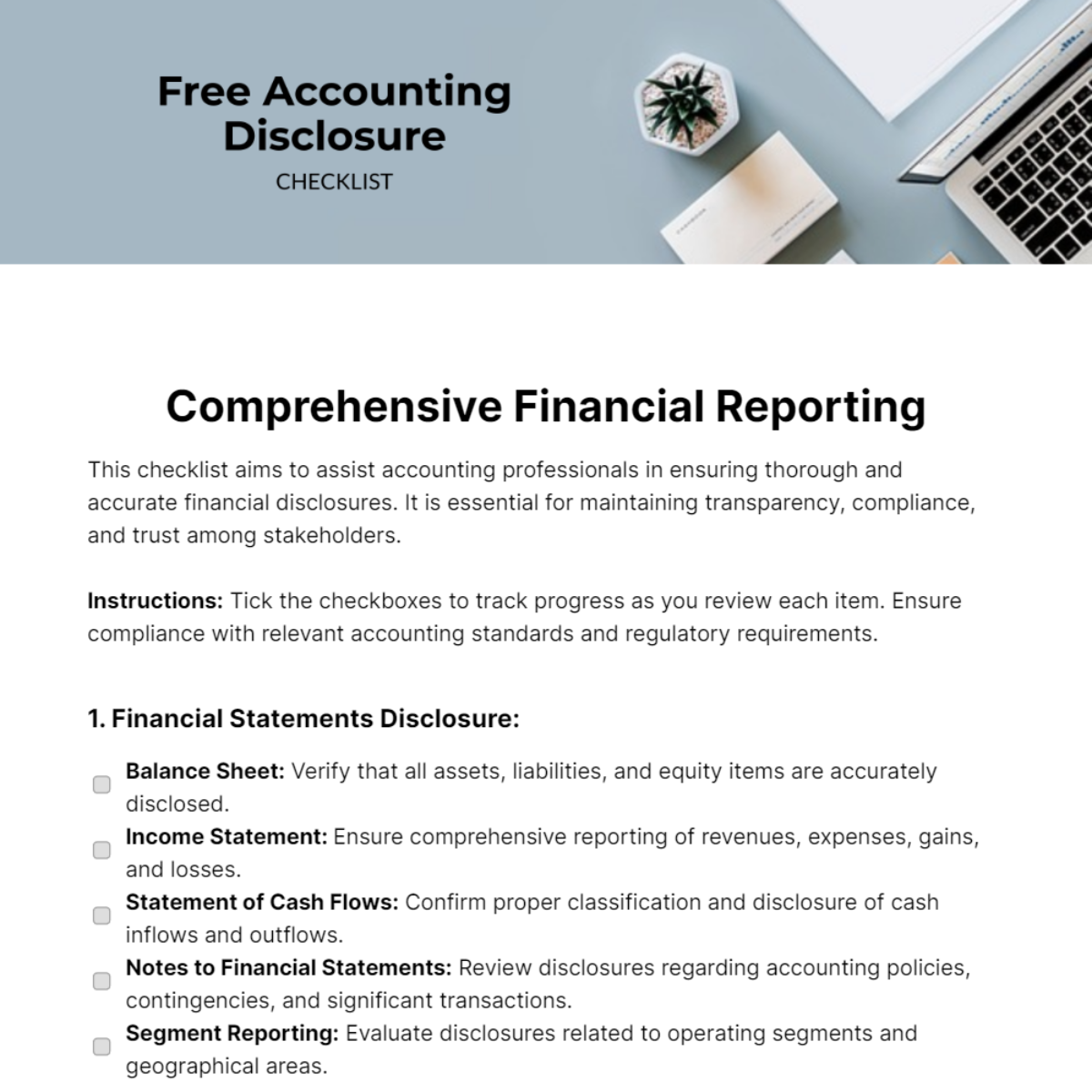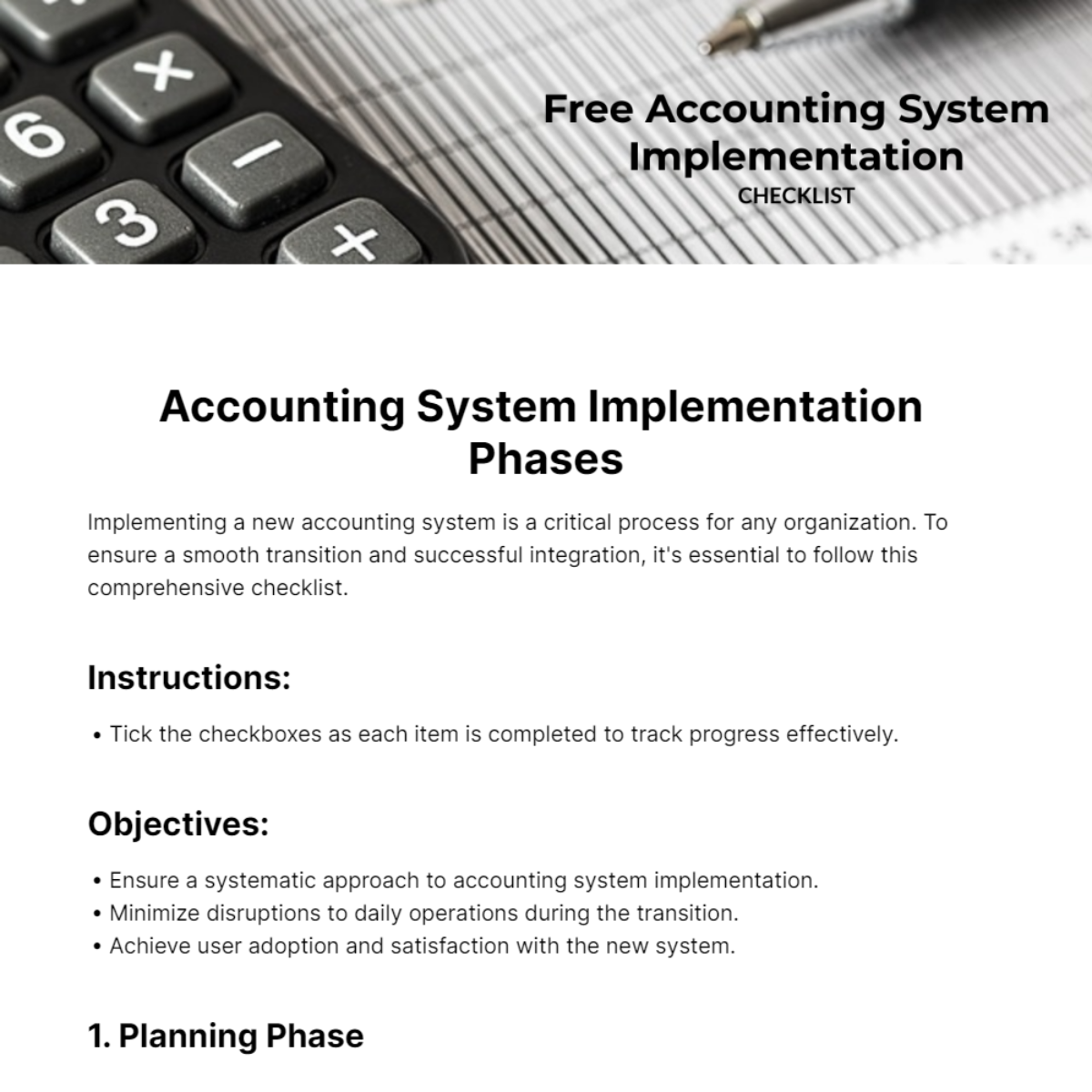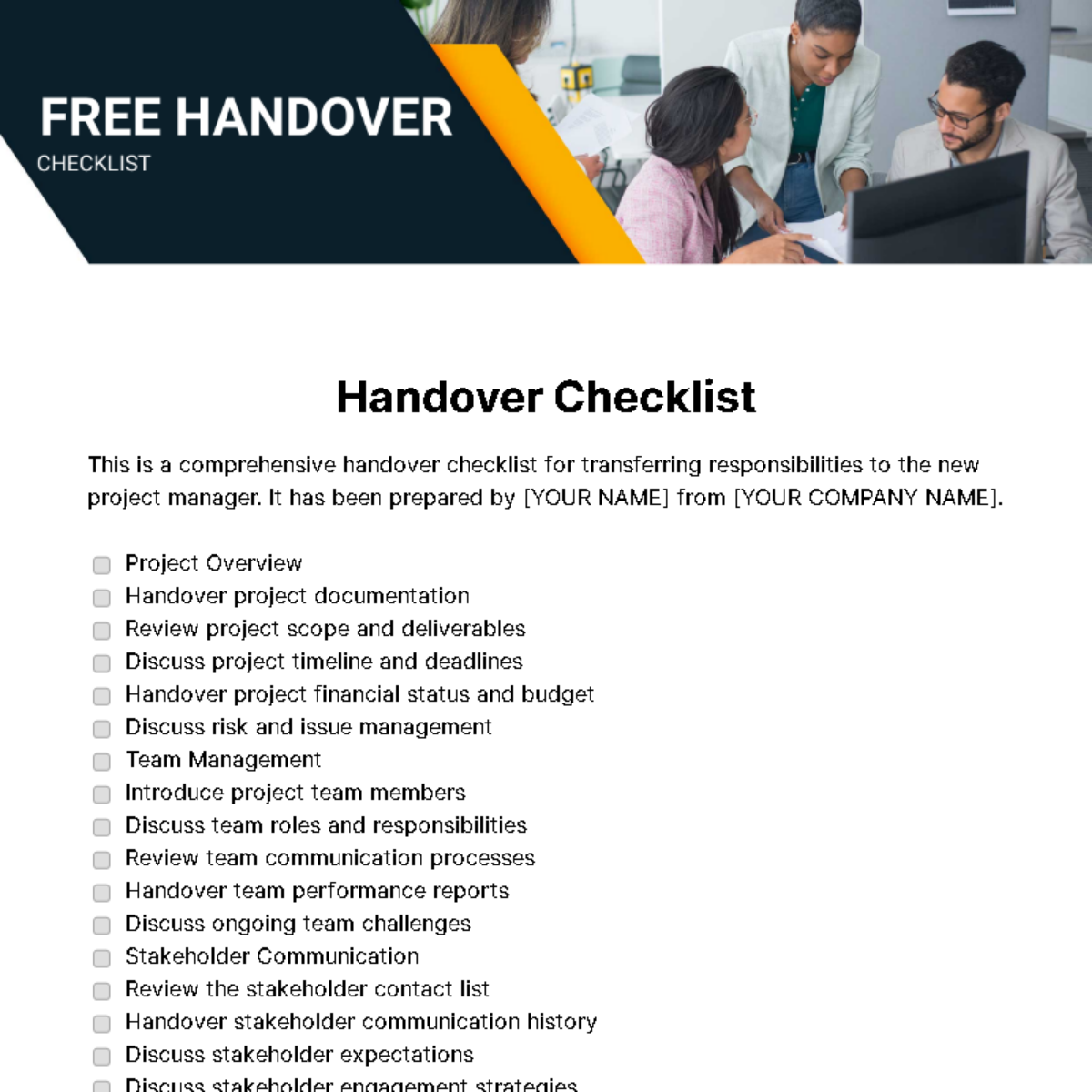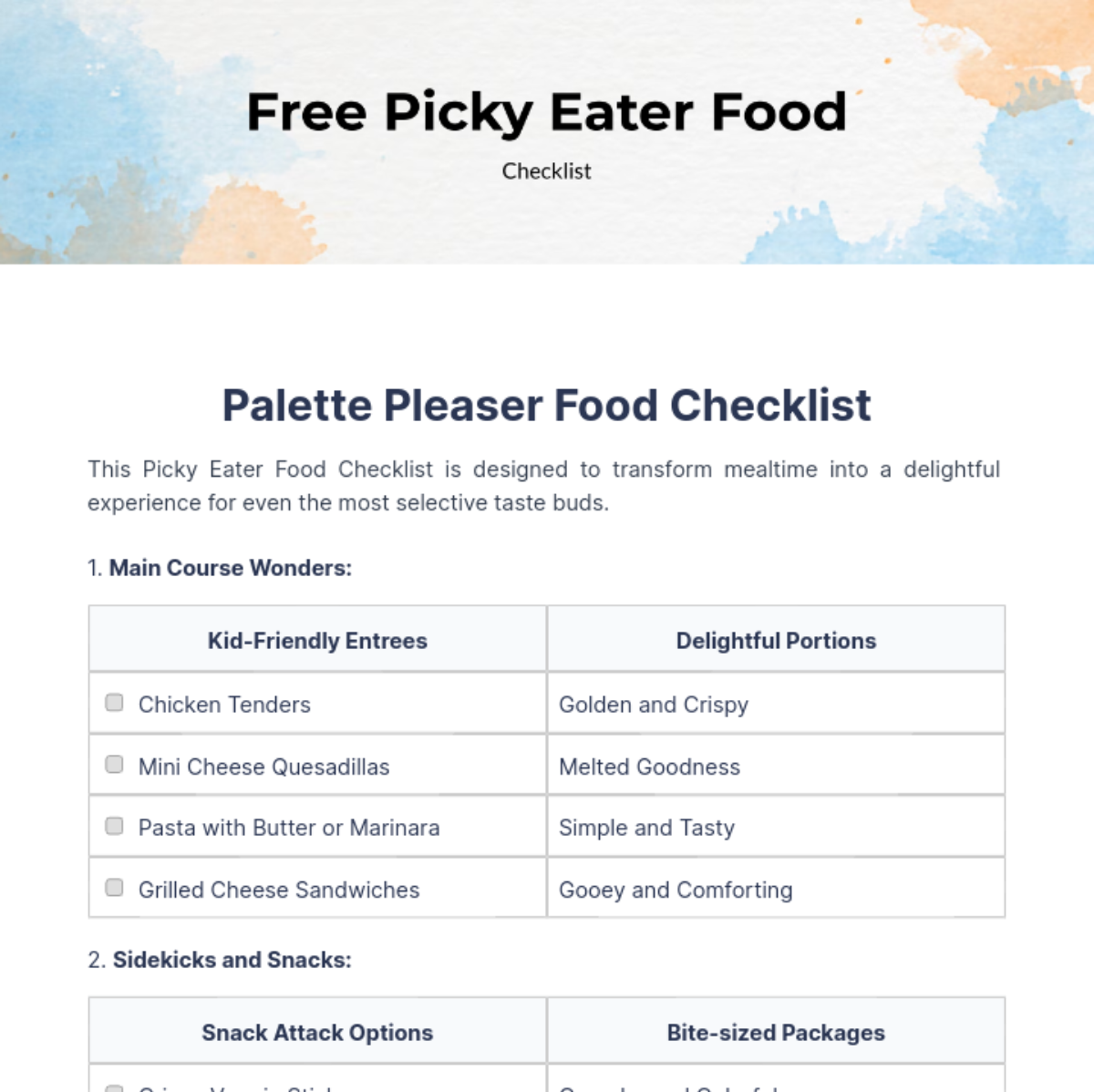Employee Handbook Design Checklist
1. Content Organization
Table of Contents: Include a clear and easy-to-navigate table of contents.
Introduction: Briefly explain the purpose of the handbook and its importance.
Company Overview: Includes mission, vision, and values.
Employment Policies: Detail employment classifications, equal opportunity, and anti-discrimination policies.
Workplace Policies: Include policies on attendance, dress code, and remote work.
Compensation and Benefits: Summarize salary, benefits, and payroll details.
Performance and Conduct: Outline performance evaluations, discipline procedures, and code of conduct.
Health and Safety: Include safety policies, reporting procedures, and emergency protocols.
Leave Policies: Detail vacation, sick leave, and family leave policies.
Grievance Procedures: Explain the process for reporting issues or concerns.
Acknowledgment of Receipt: Include a section for employees to acknowledge receipt and understanding of the handbook.
2. Design and Layout
Consistent Branding: Use company logos, colors, and fonts throughout the handbook.
Clear Headings and Subheadings: Ensure all sections are marked for easy navigation.
Bullet Points and Numbered Lists: Use lists to break up dense text and highlight key points.
Visual Elements: Include graphics, charts, or images where appropriate to enhance understanding.
Readable Font Size: Choose a font size that is easy to read (typically 11-12pt).
3. Accessibility
Digital and Print Versions: Provide both digital and printed copies of the handbook.
Mobile-Friendly Format: Ensure the digital version is accessible on mobile devices.
Language Considerations: Provide translations if you have a diverse workforce.
4. Legal Compliance
Review by Legal Counsel: Ensure all content complies with local, state, and federal laws.
Updated Policies: Regularly review and update policies to reflect current laws and regulations.
Non-Discrimination Language: Include statements that promote diversity and inclusion.
5. Employee Engagement
Feedback Mechanism: Create a way for employees to provide feedback on the handbook.
Interactive Elements: Consider using quizzes or scenarios to engage employees with key policies.
Training Sessions: Offer training sessions to explain the handbook and answer questions.
6. Review and Revision
Regular Updates: Set a schedule for regular reviews and updates (e.g., annually).
Change Log: Maintain a log of changes made to the handbook over time.
Employee Acknowledgment: Require employees to sign an acknowledgment form each time the handbook is updated.
By following this checklist, you can create a comprehensive and user-friendly Employee Handbook that effectively communicates your company's policies and culture to employees.
